Since Roman times, Portugal’s coast has been devoted to fishing, when the region exported its prized fish sauce garum to the capital. Garum (fermented fish sauce) from Lusitania (modern-day Portugal) was highly prized in Rome, and it came directly from the harbor of Lacobriga (current-day Lagos). The region’s fishing and fish processing industries were so crucial that the ruins of a former Roman garum factory can be seen in Lisbon’s old quarter. Men wearing checkered shirts and long wool hats fished from 15-foot open boats called saveiros, using spotlights and bait to attract schools of mackerel and horse mackerel into immense seine nets. Women processed and sold fish on the shore while the men were at sea. Traditional and obsolete fishing gear uses a seine net launched between two boats, a saveiro and another open boat. This gear uses a spotlight and sardine bait to catch mackerel and horse mackerel.
These photographs from the Gulbenkian Art Library show men and women repairing nets, hauling in boats, and selling their catch in Lisbon and nearby Ericeira and Nazaré. An artistic representation of a lost way of life along the Iberian coast.


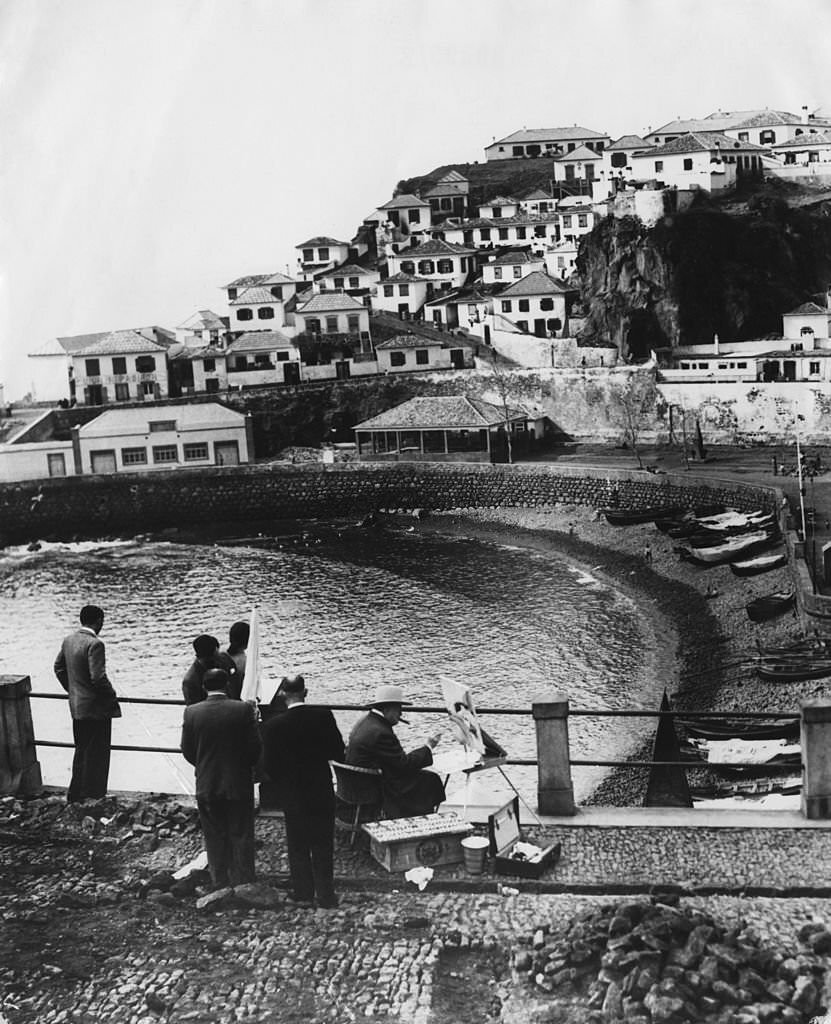
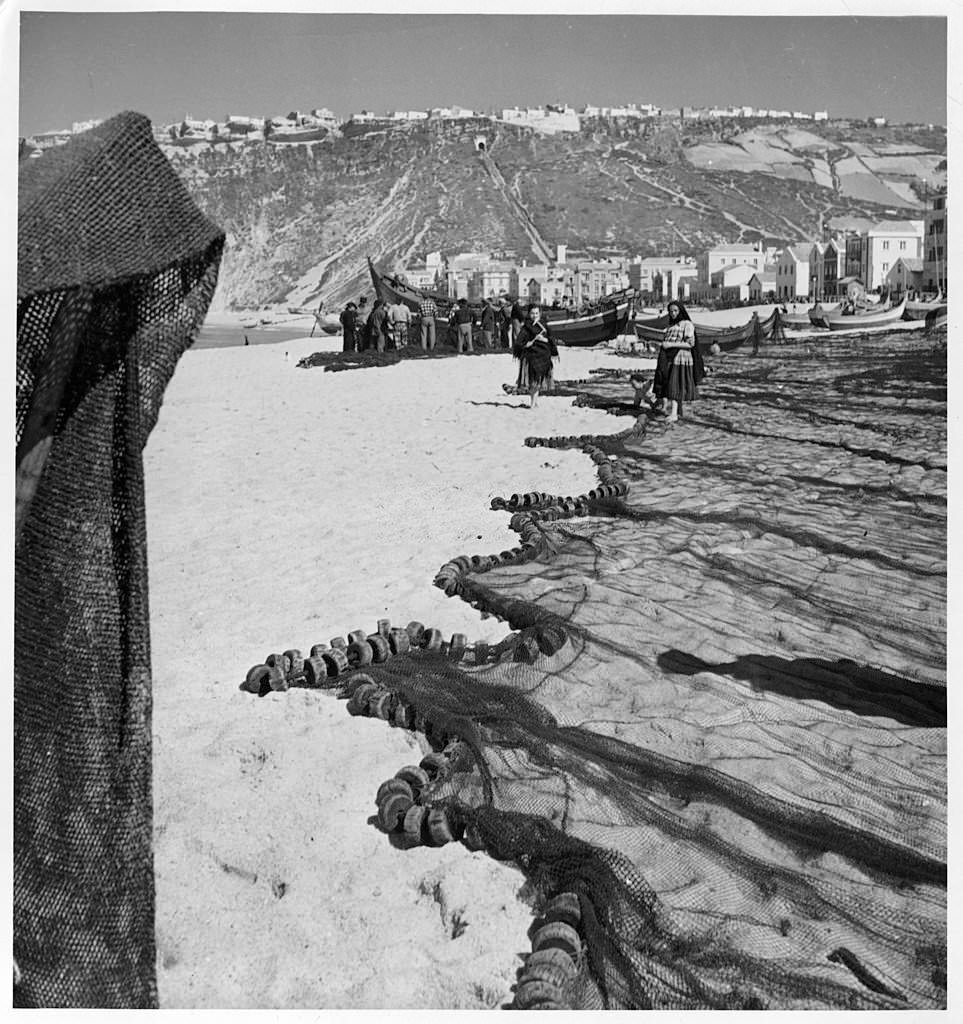
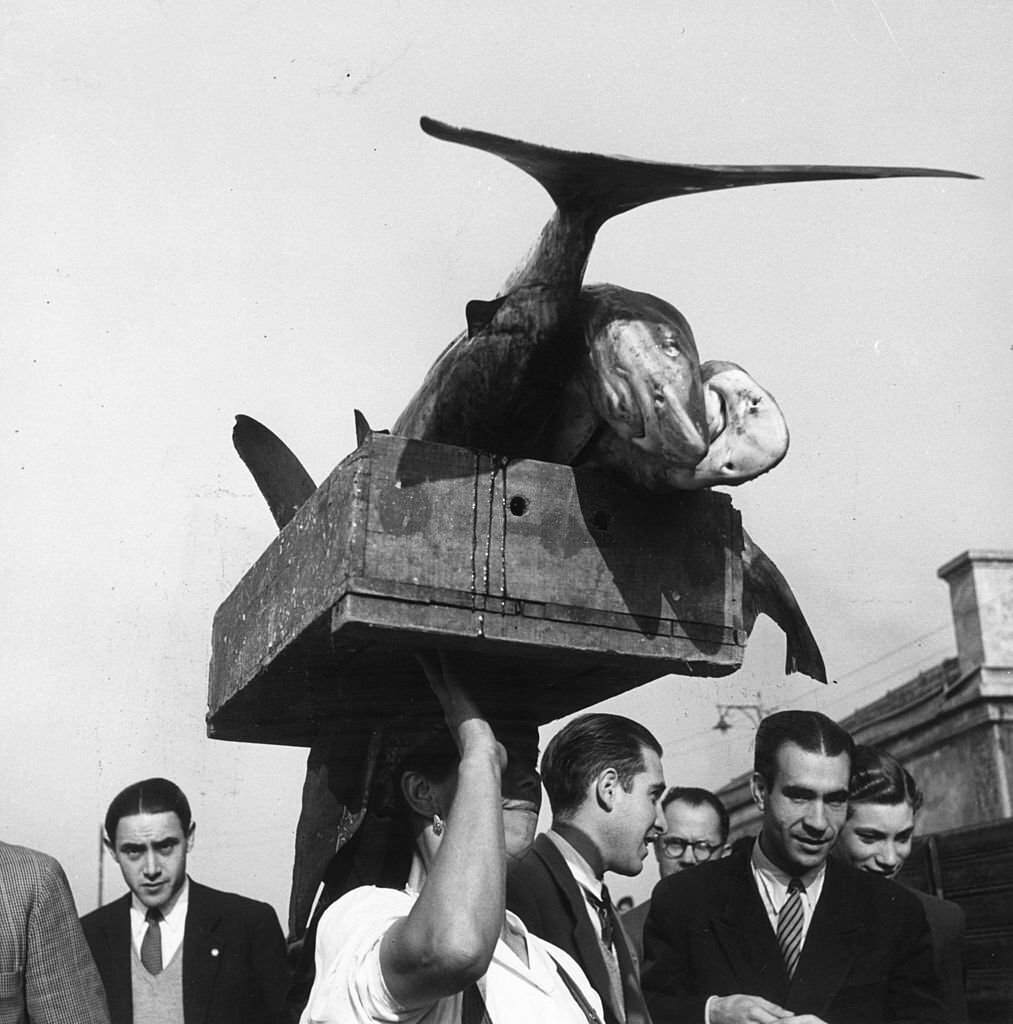
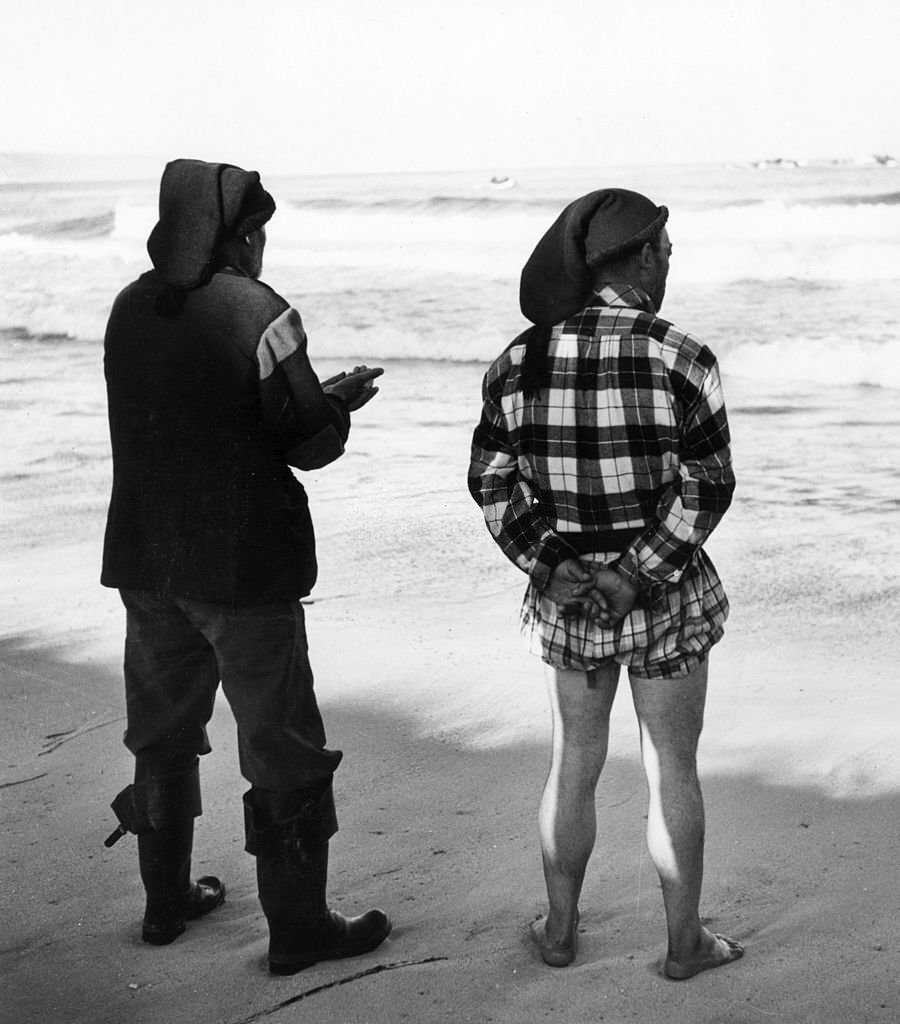
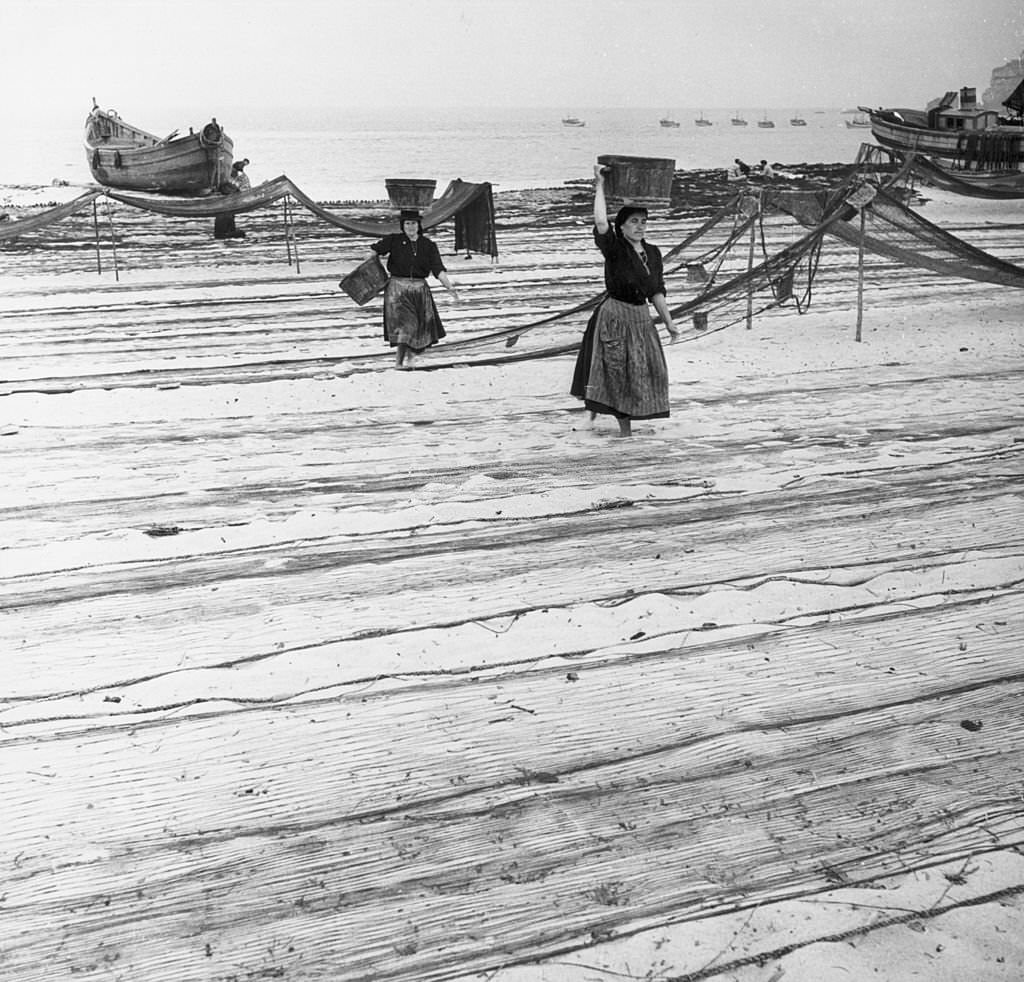
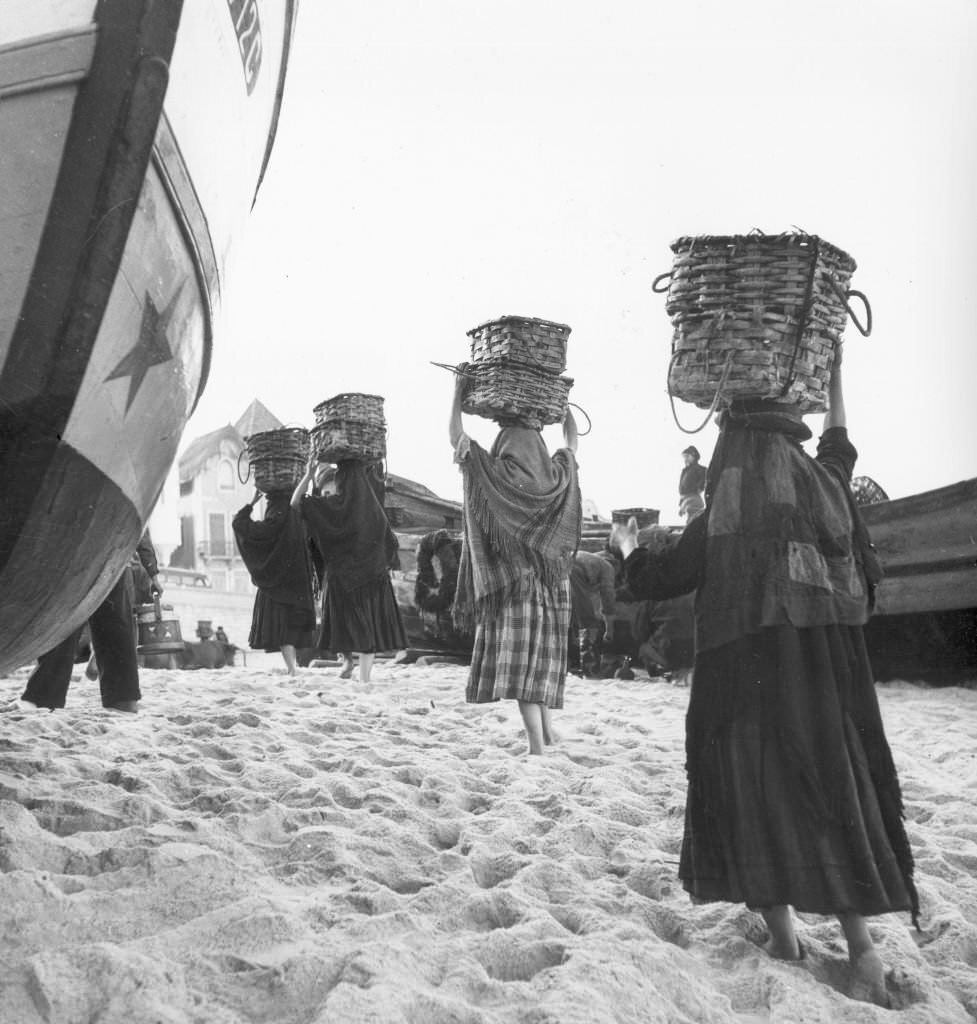
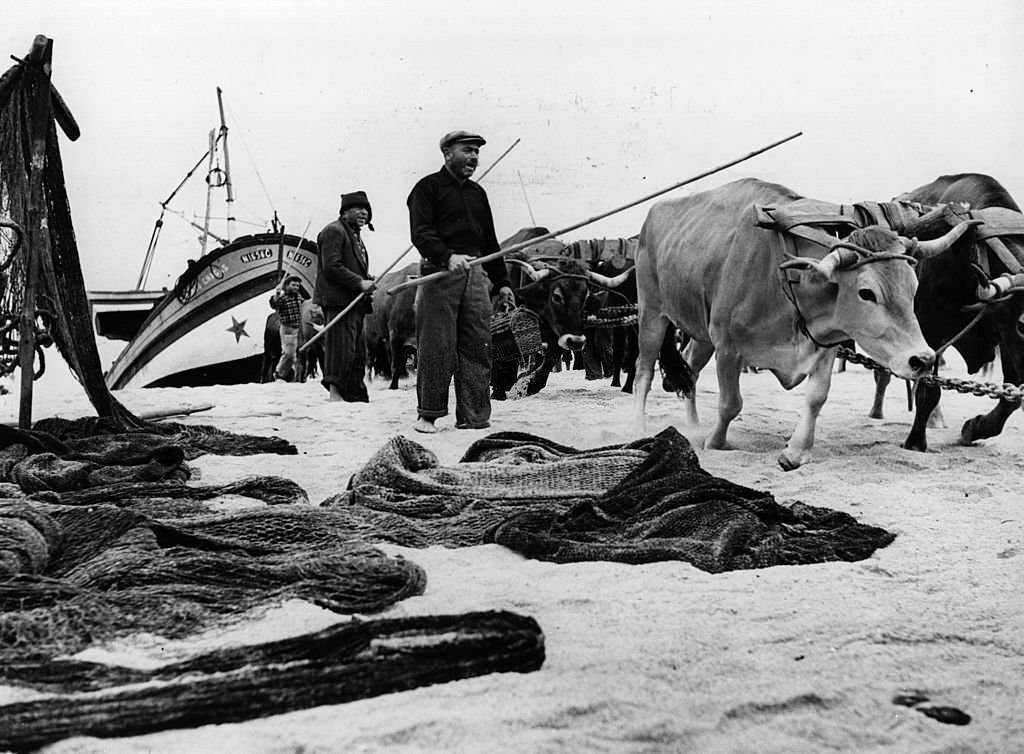
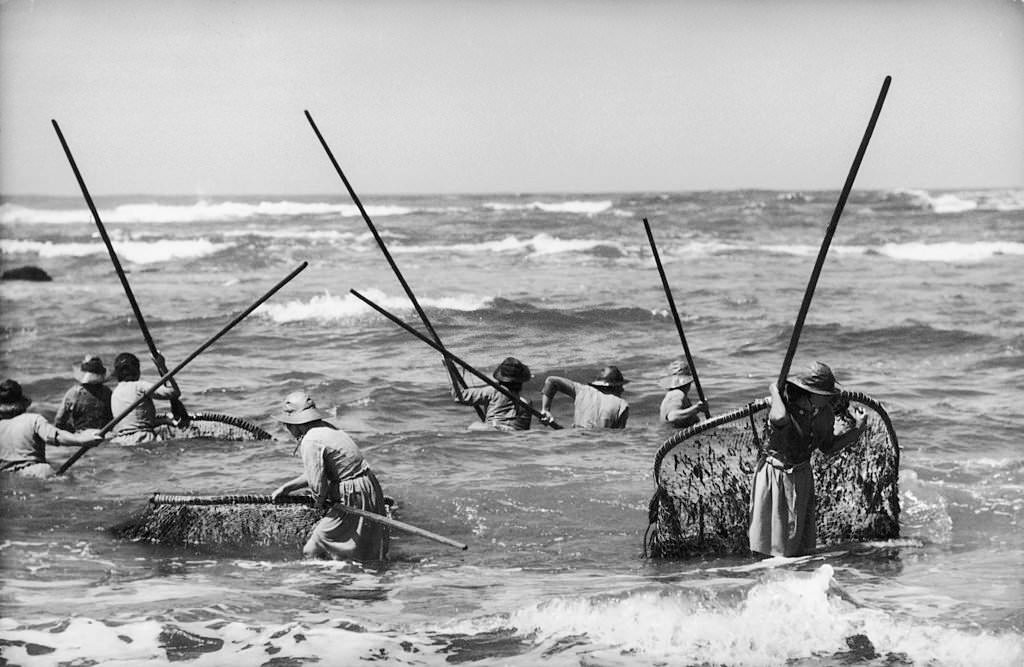
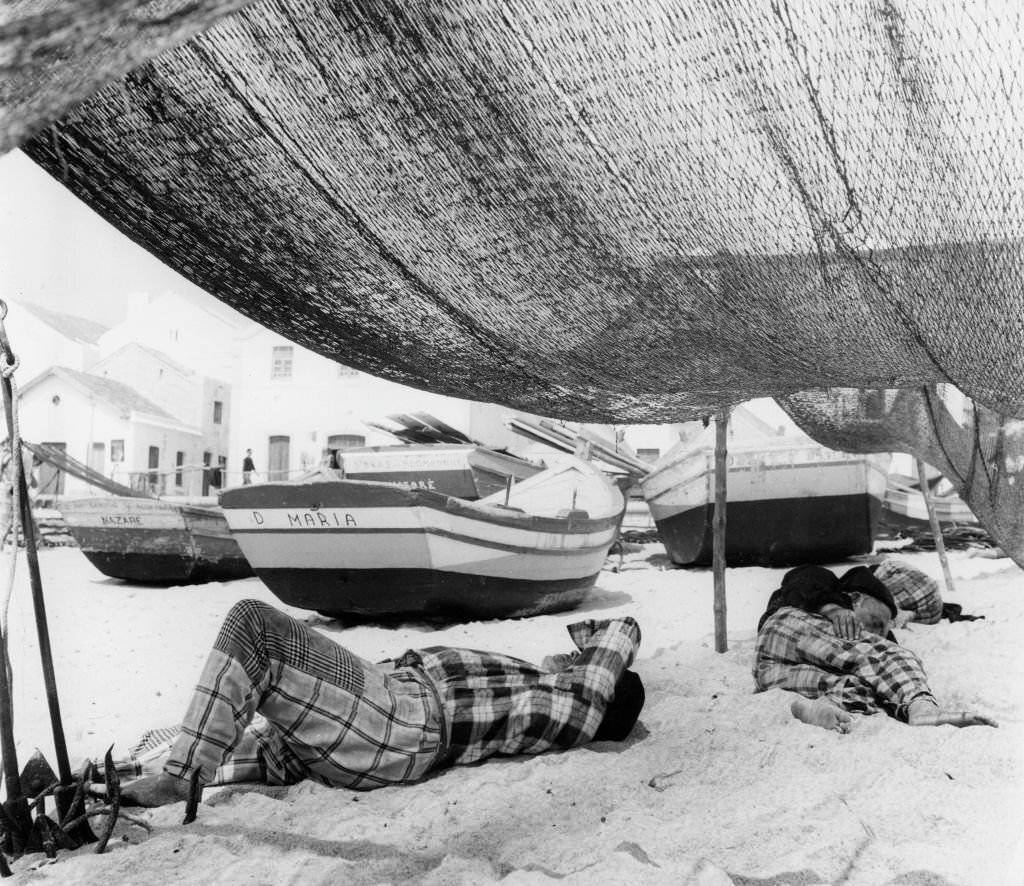
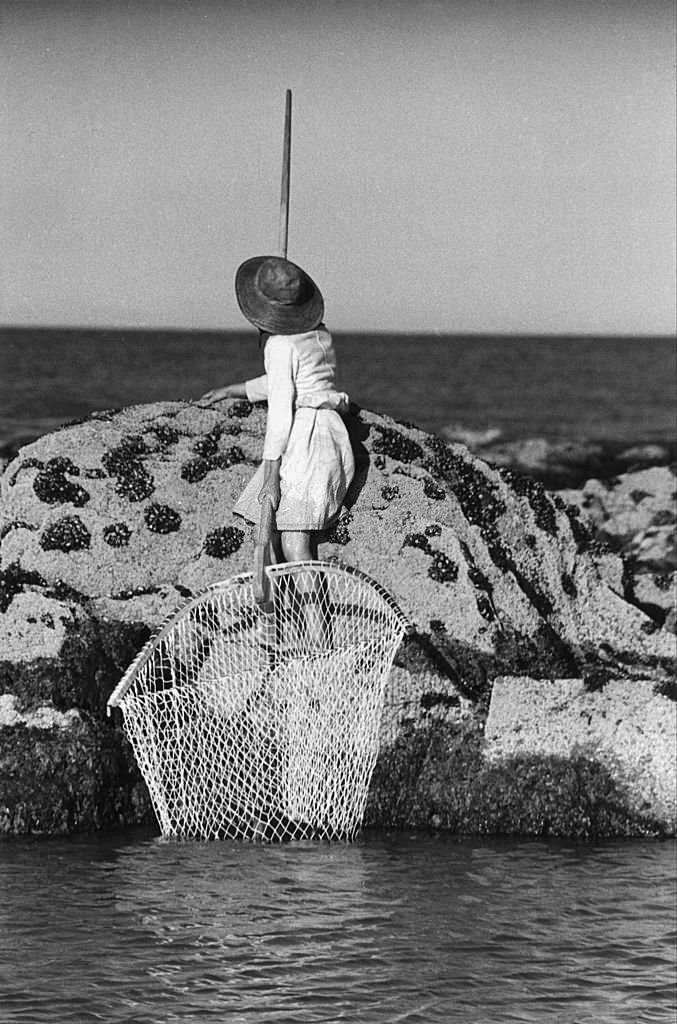
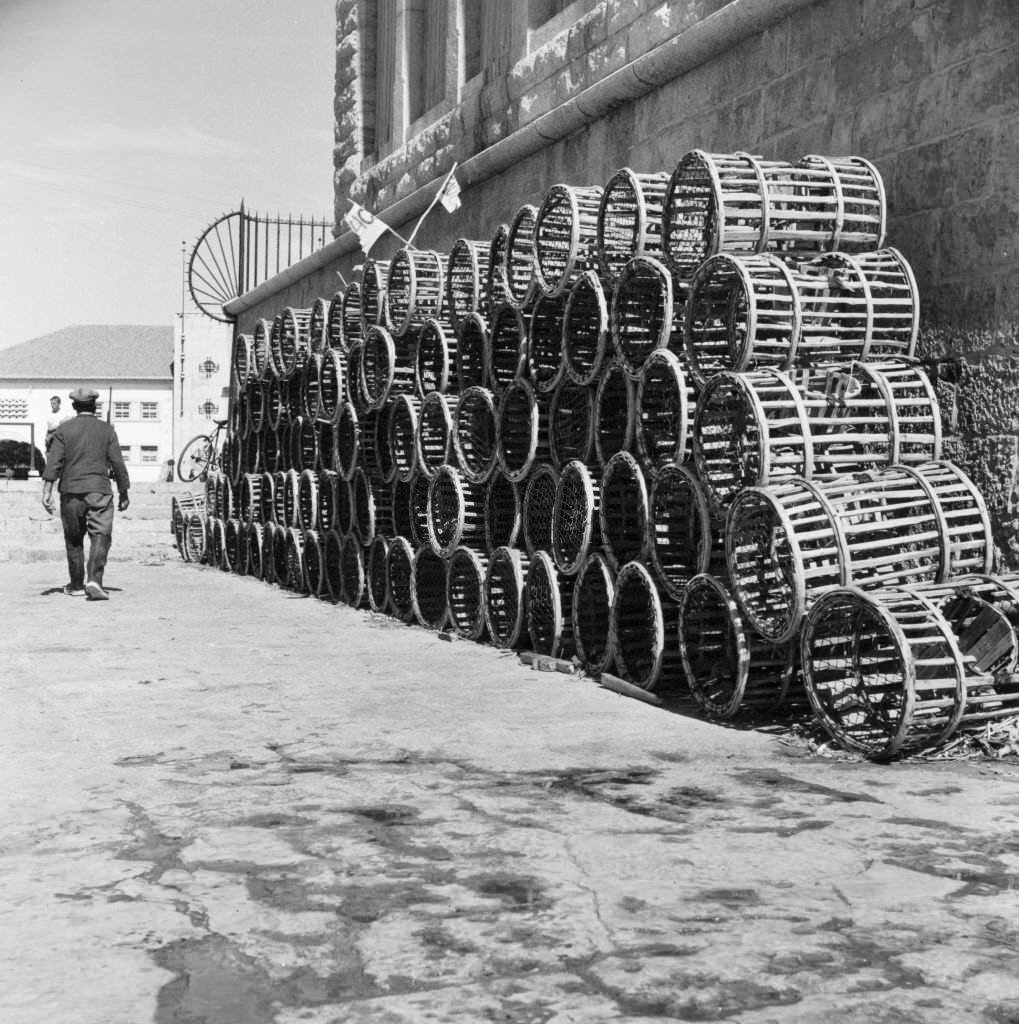
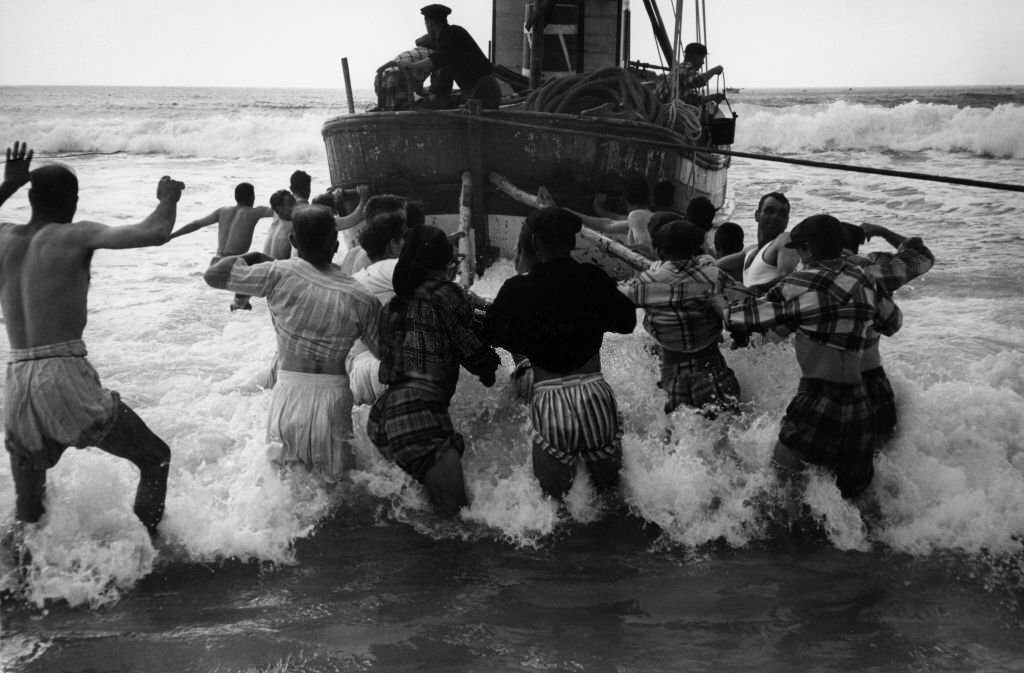
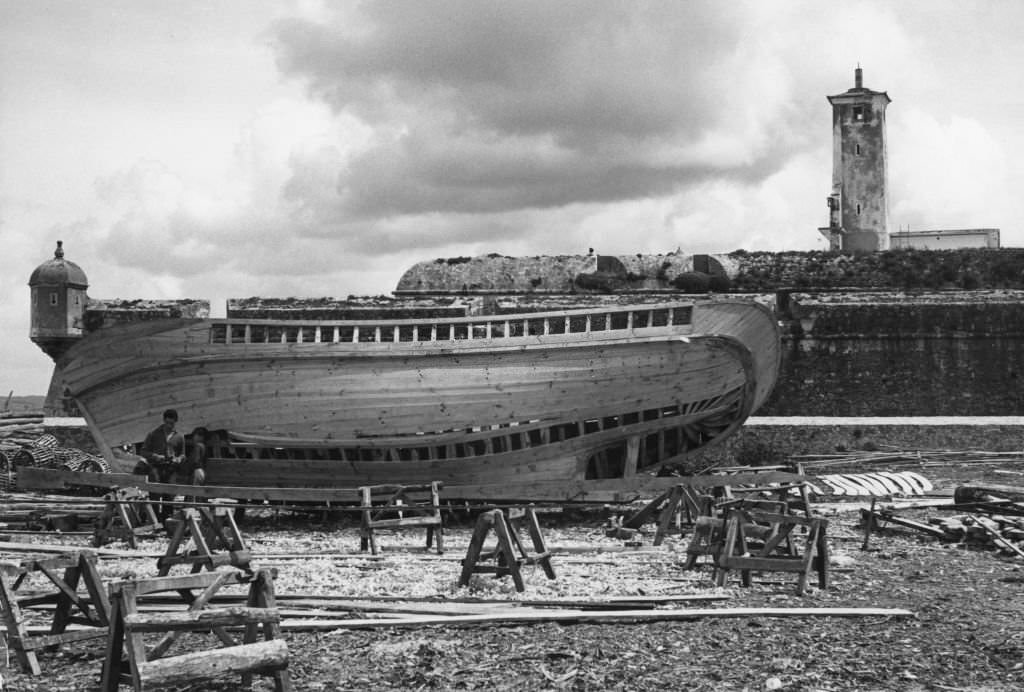
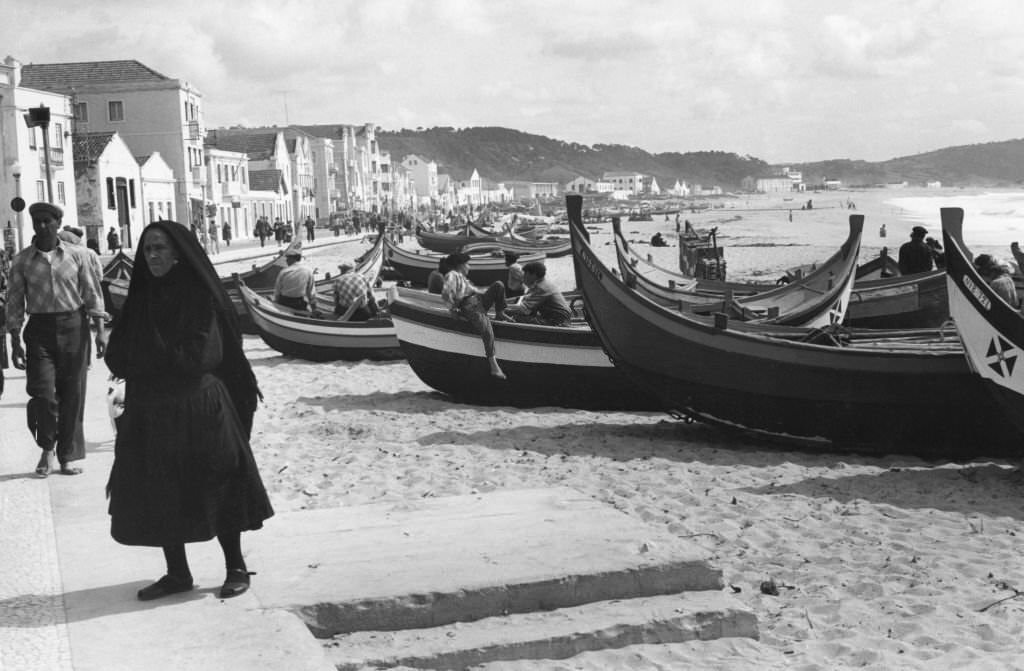
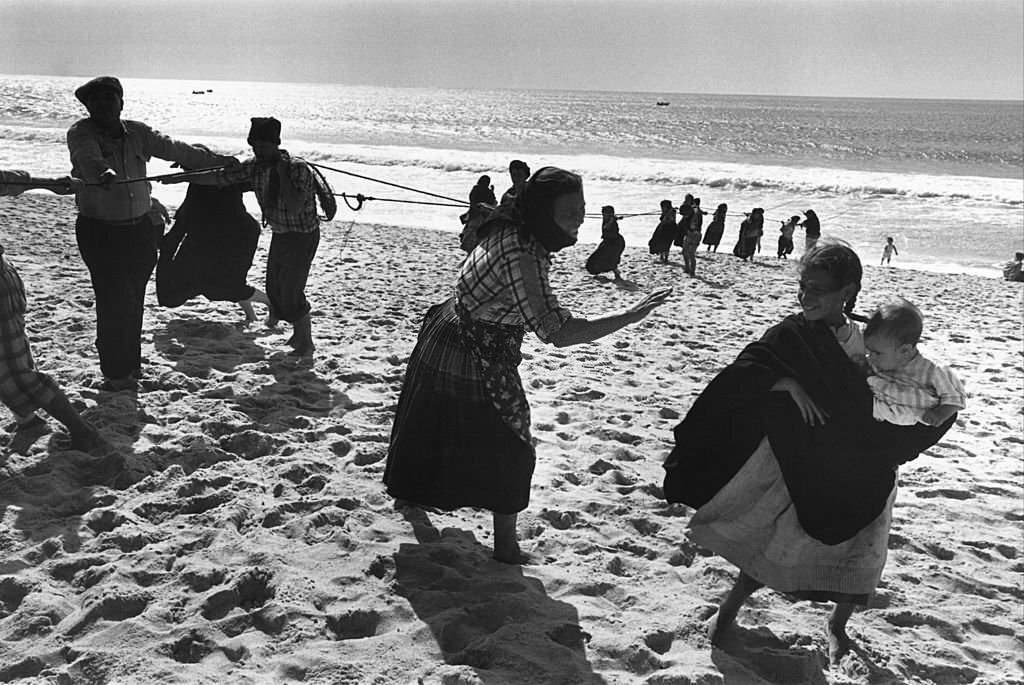
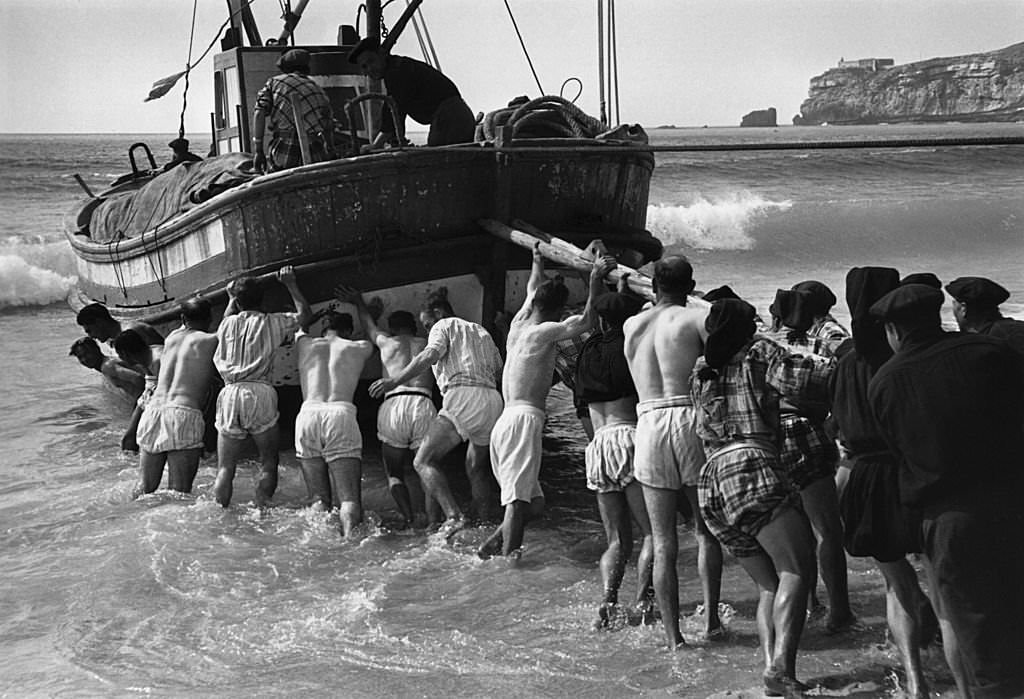
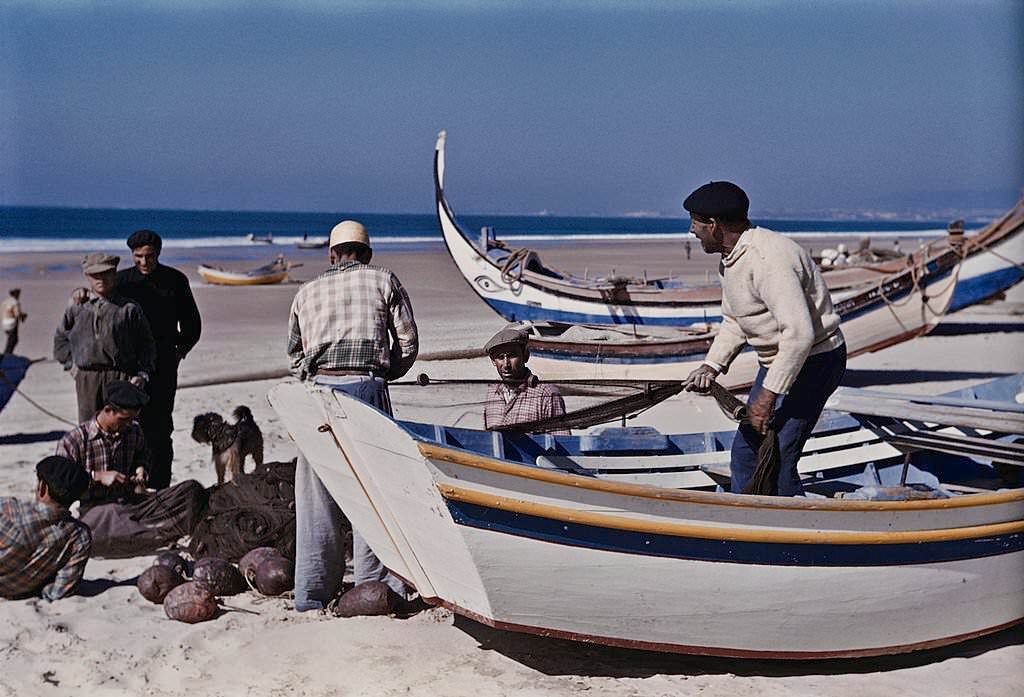
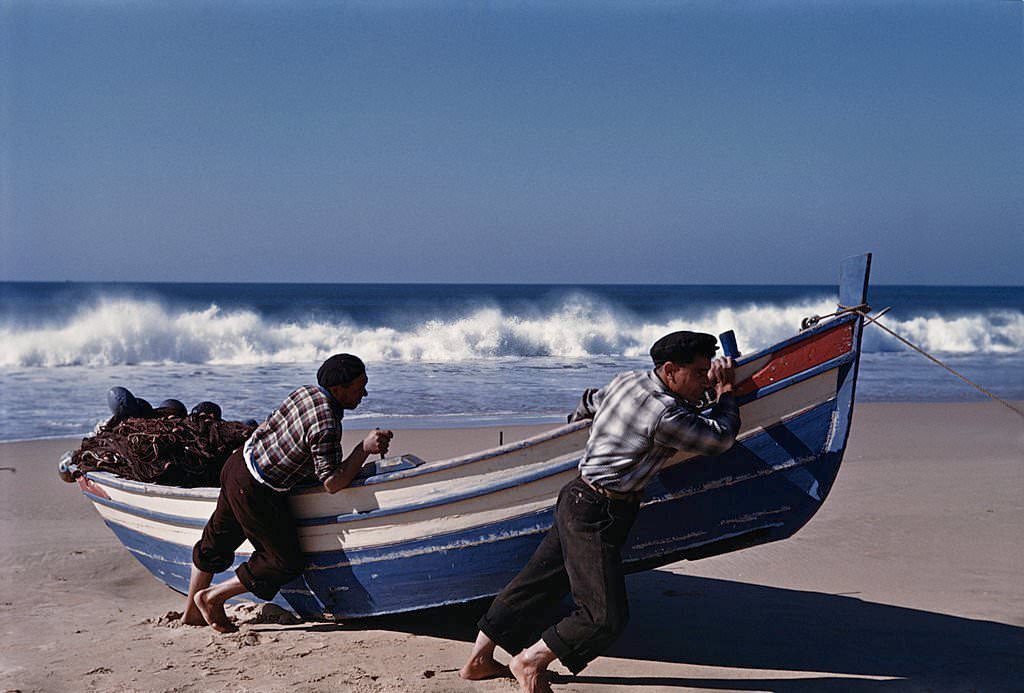
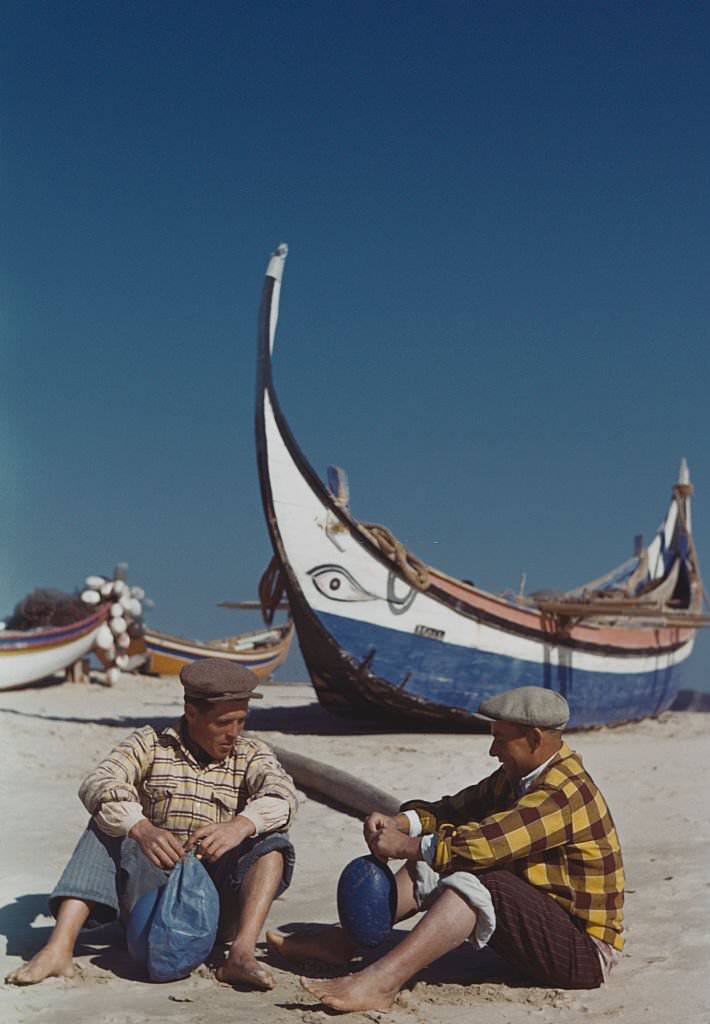
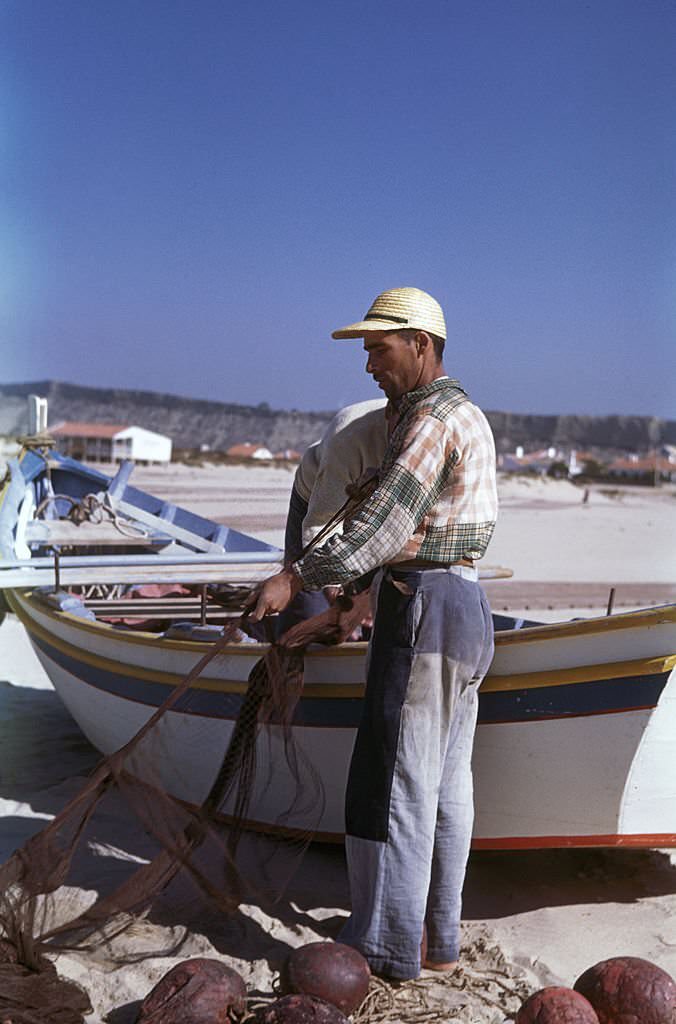
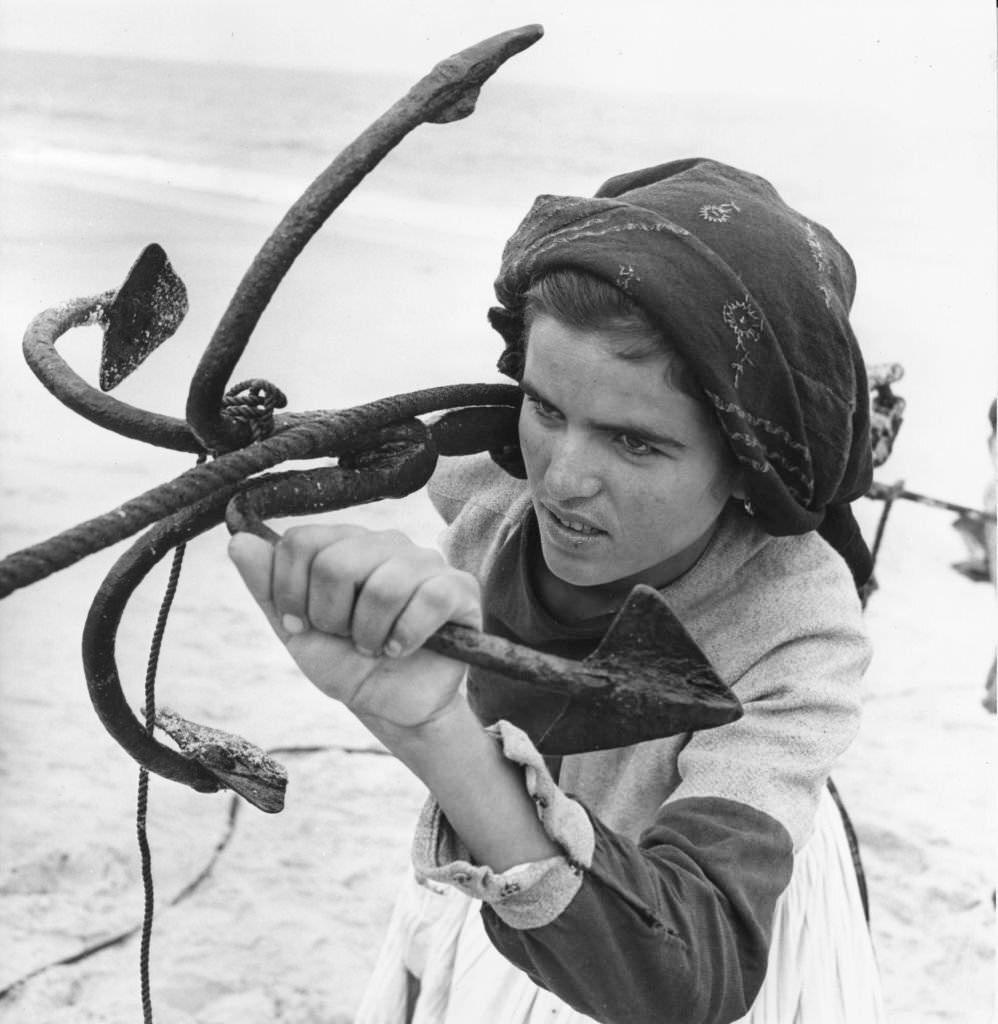
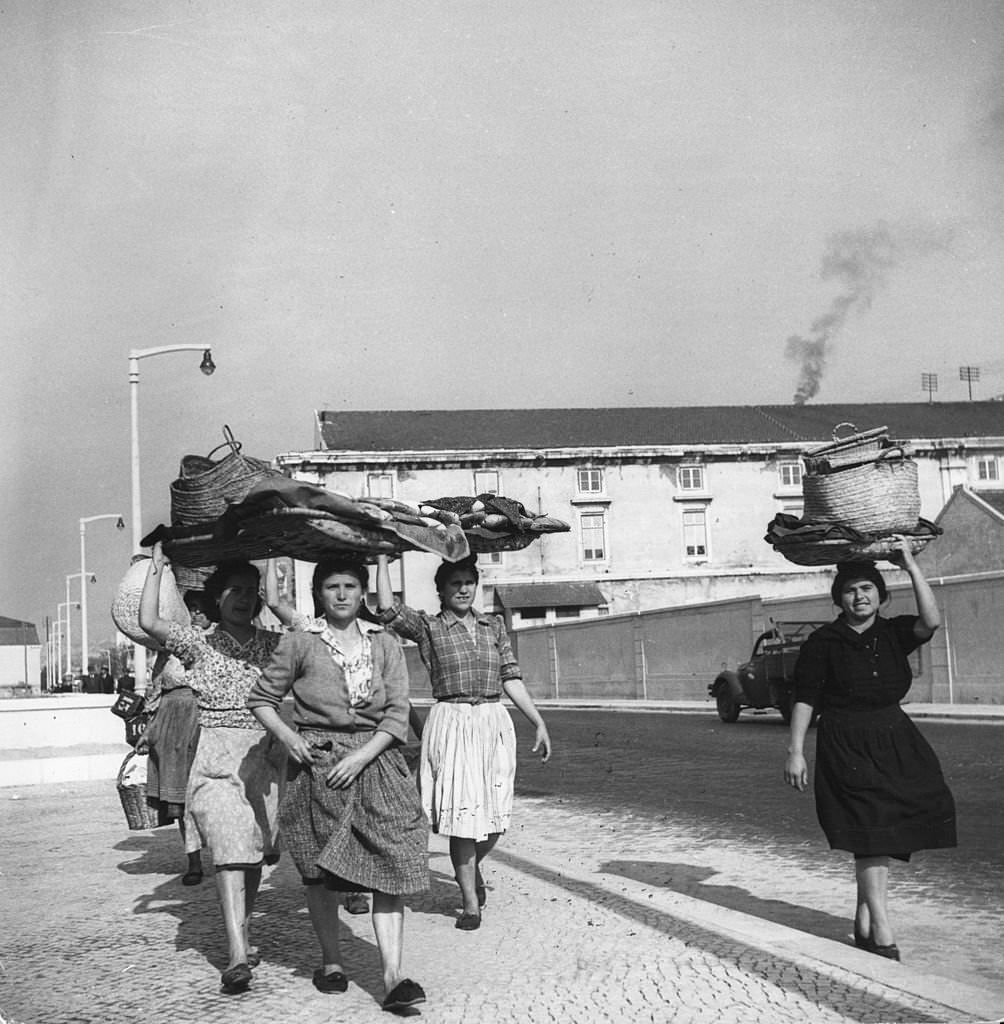
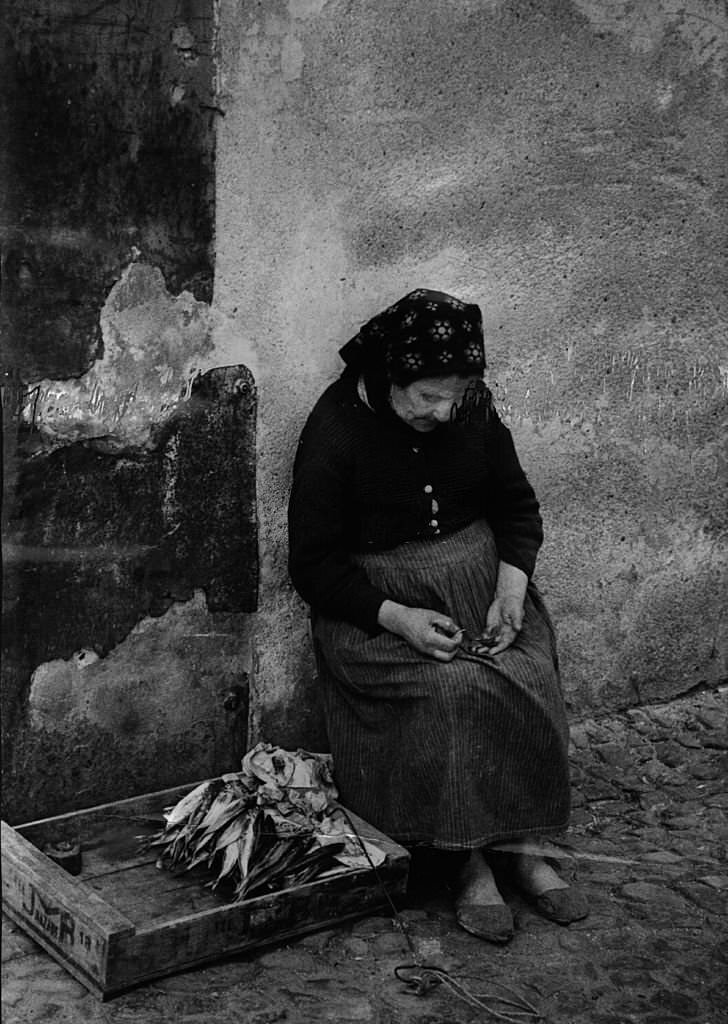
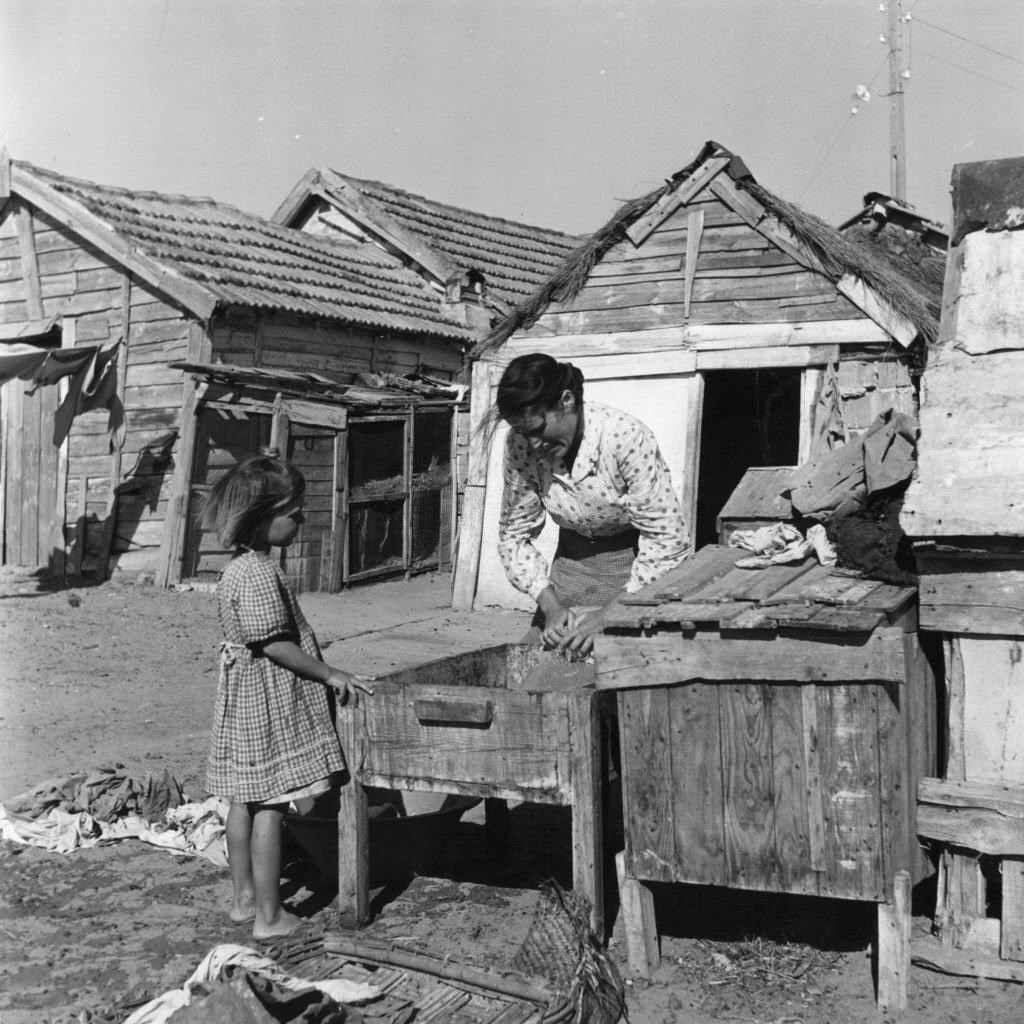
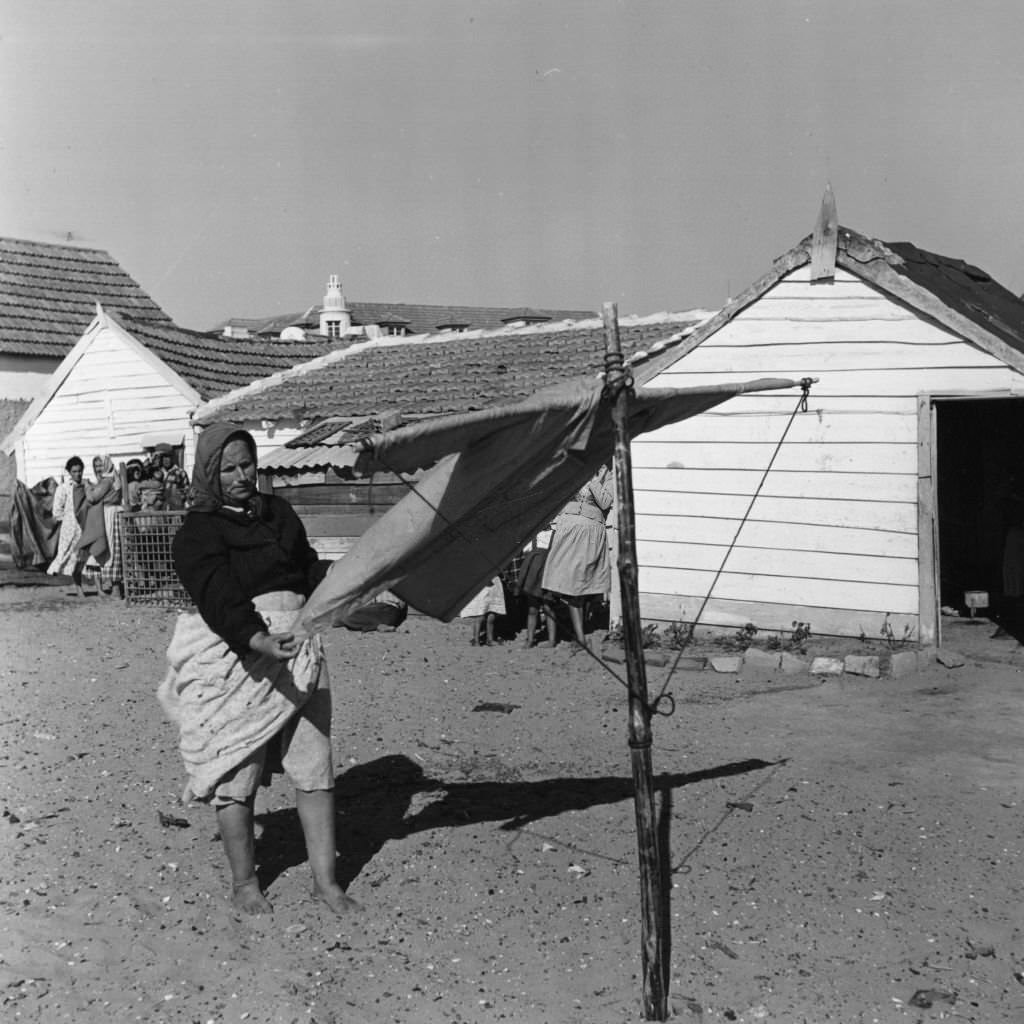
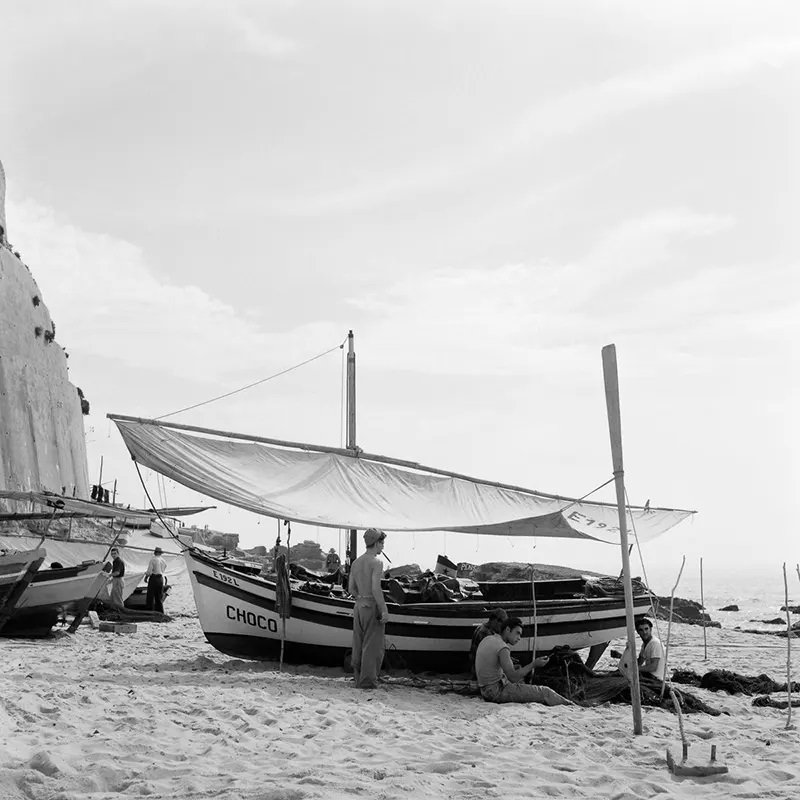
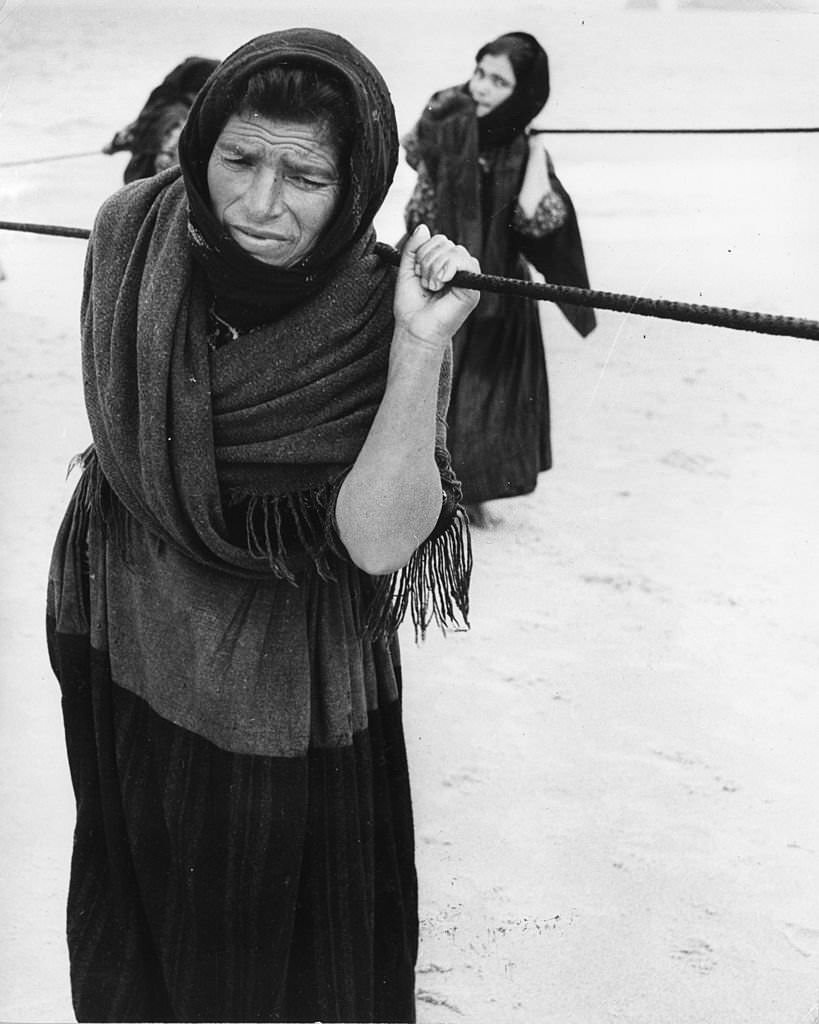
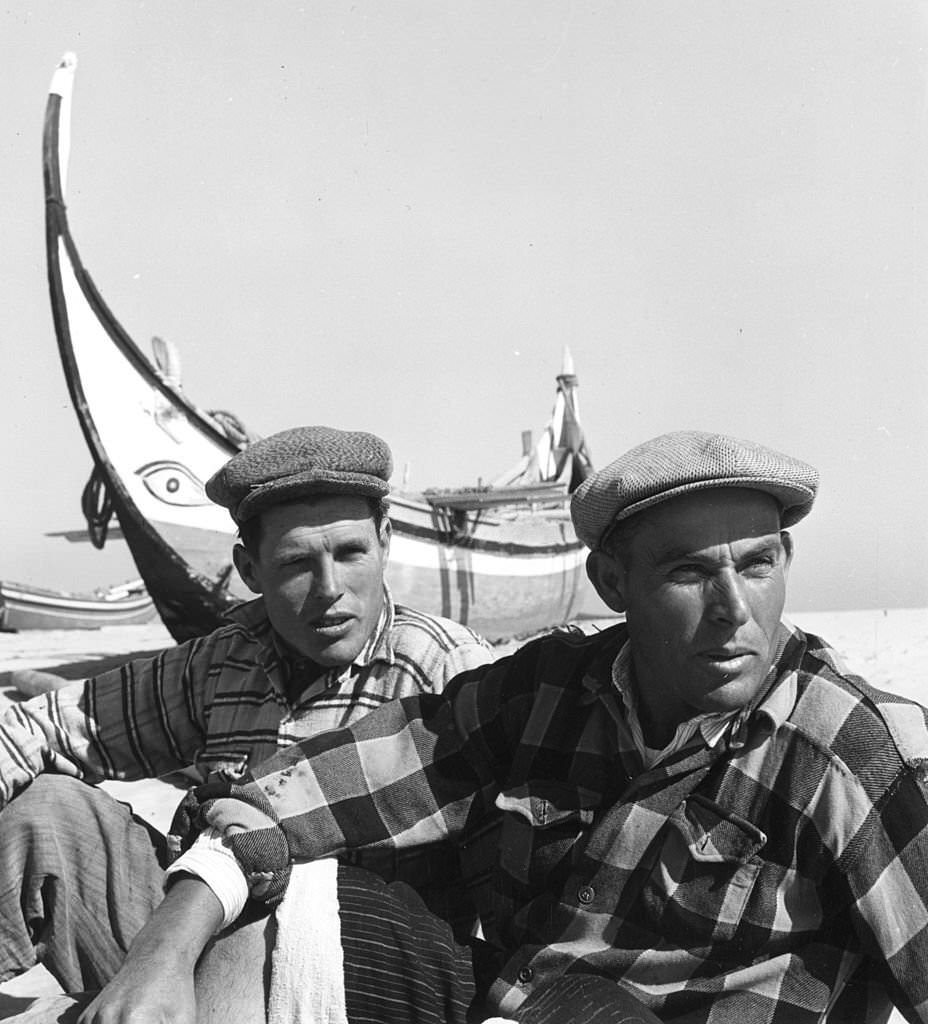
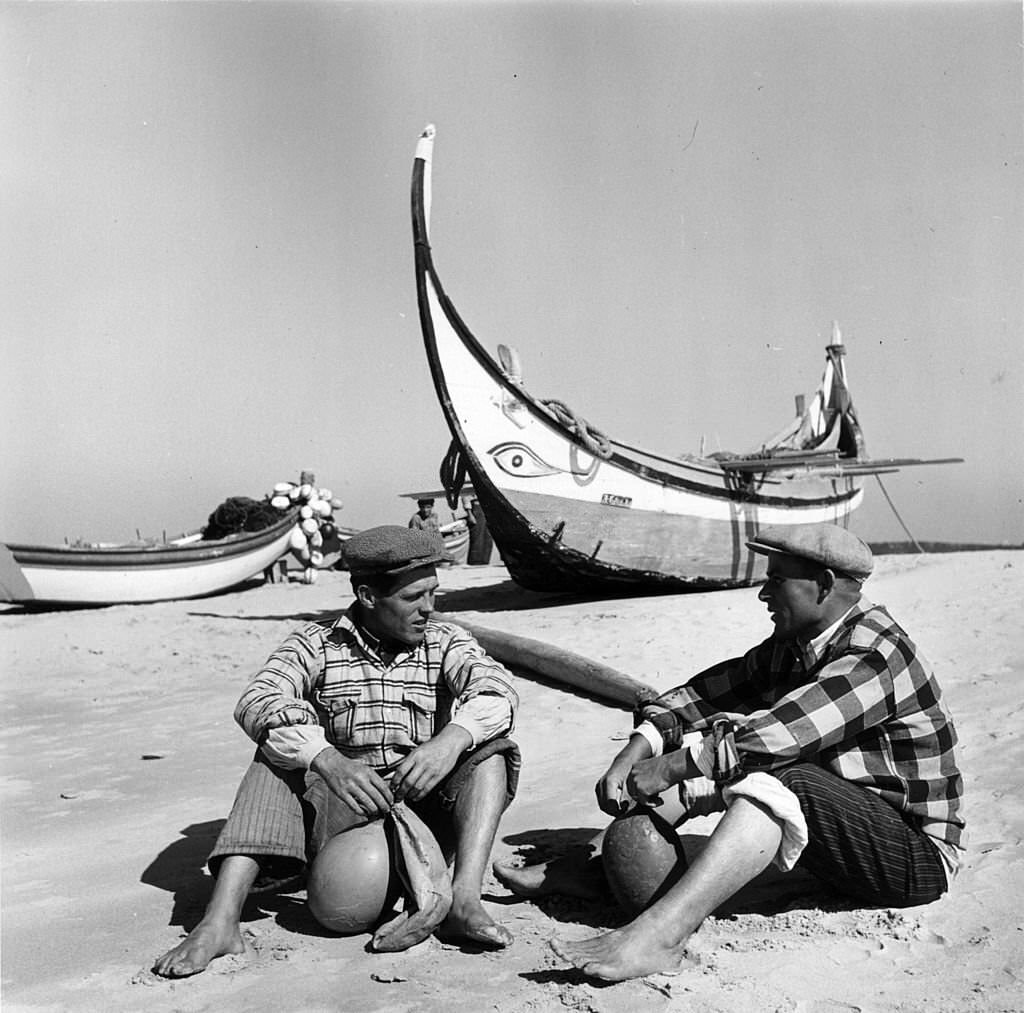
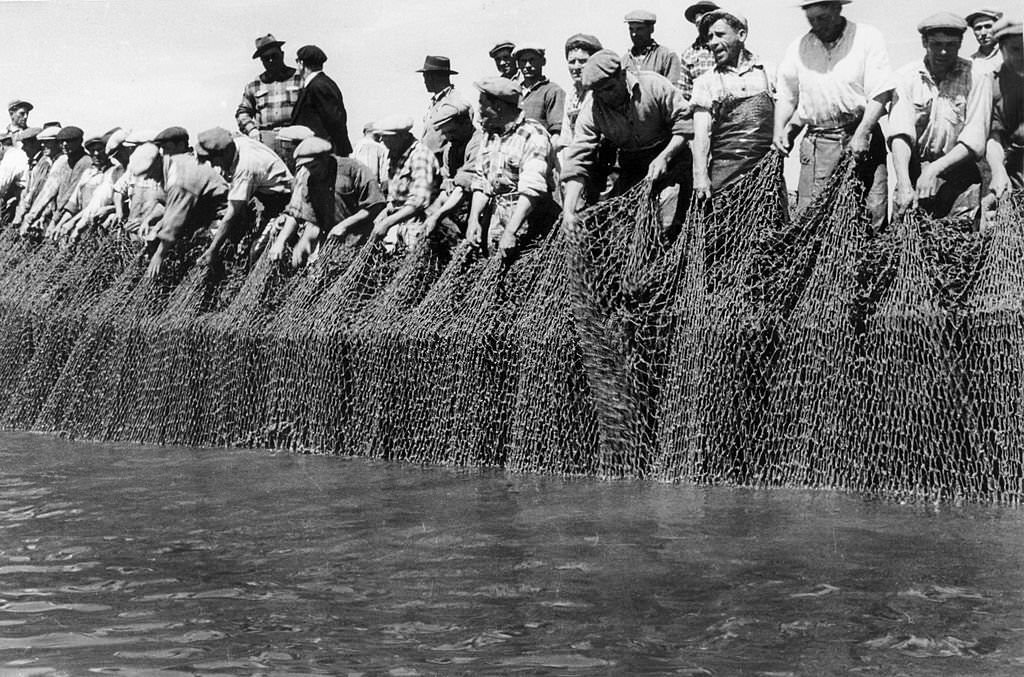
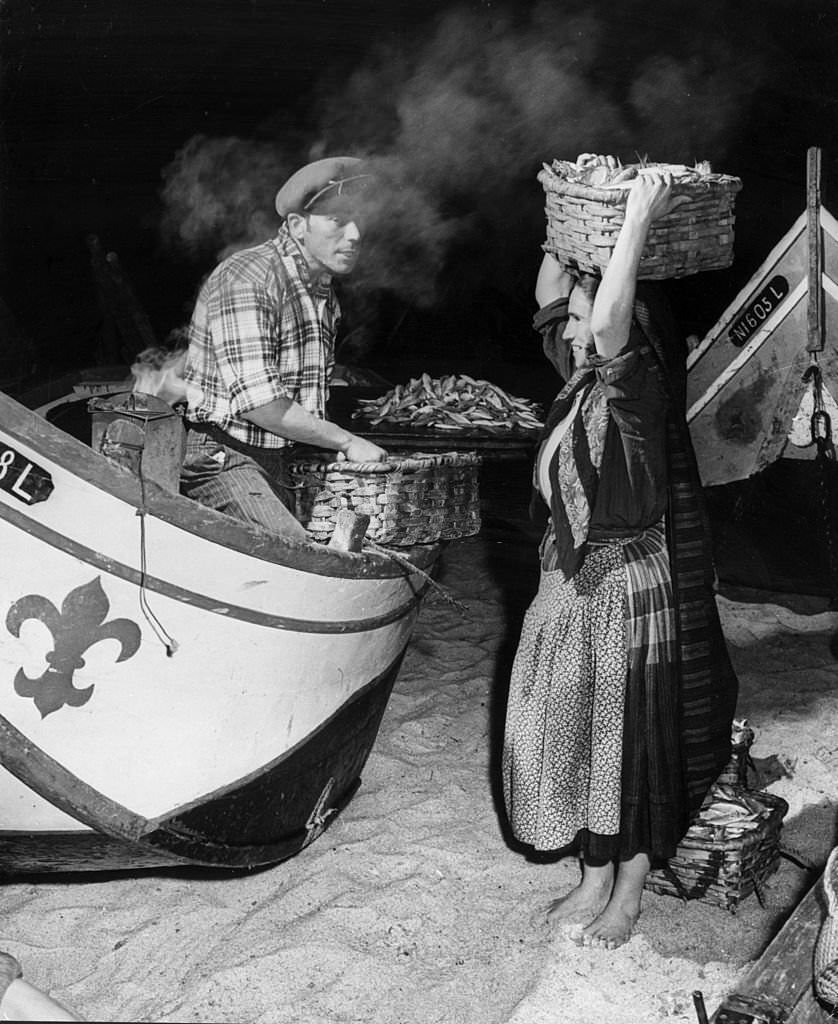
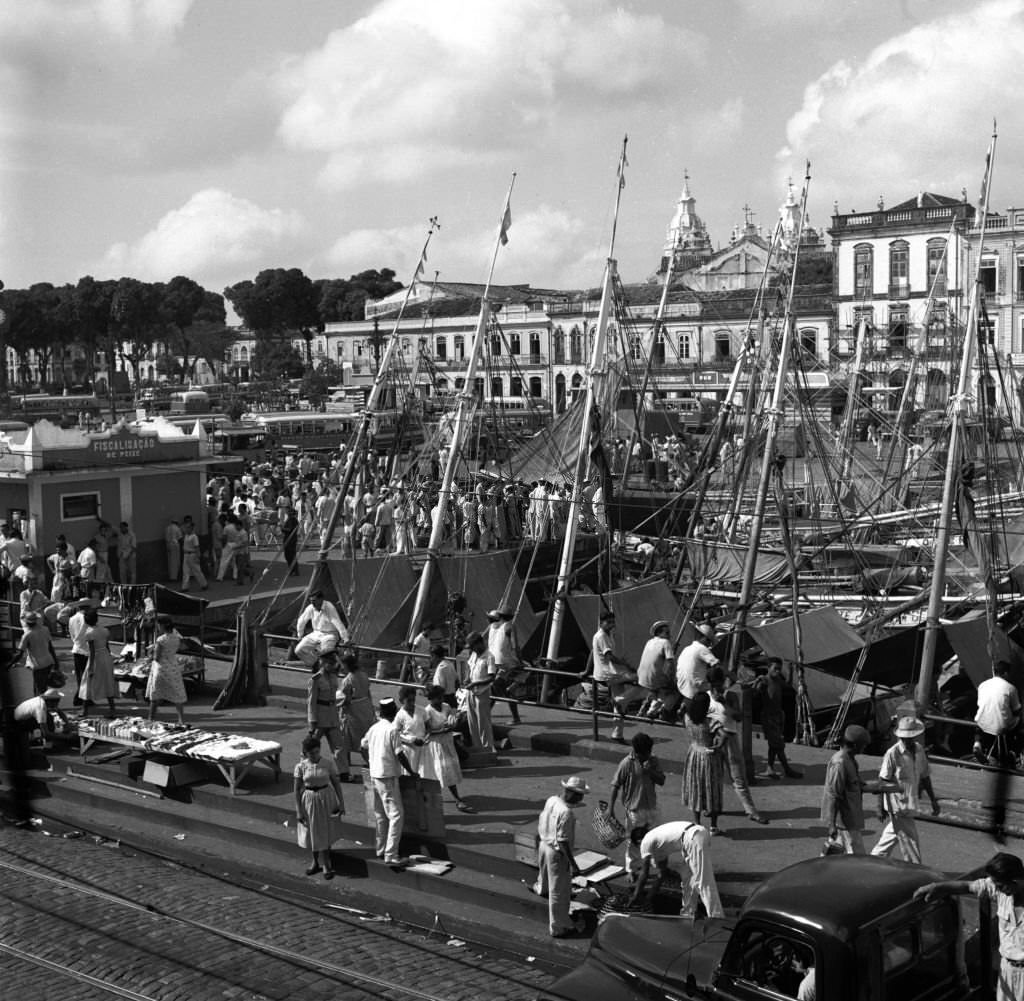
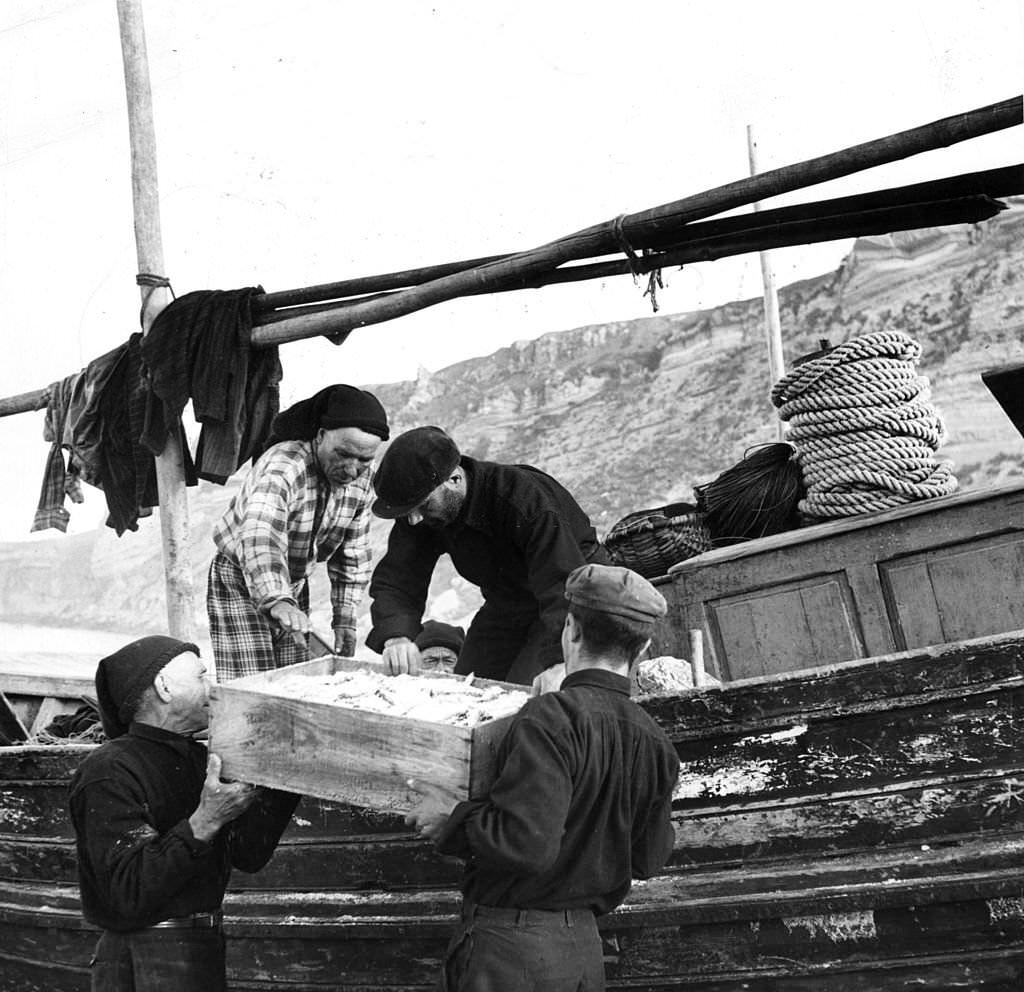
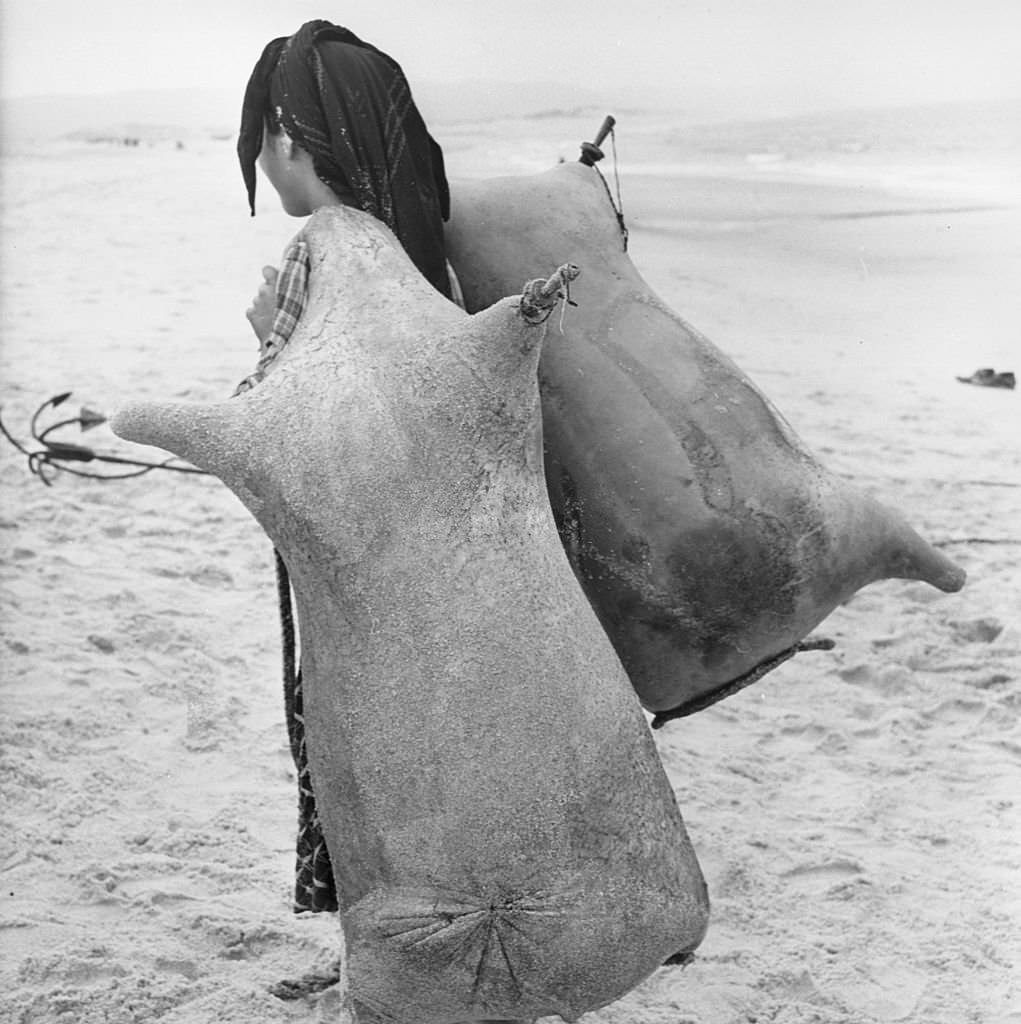
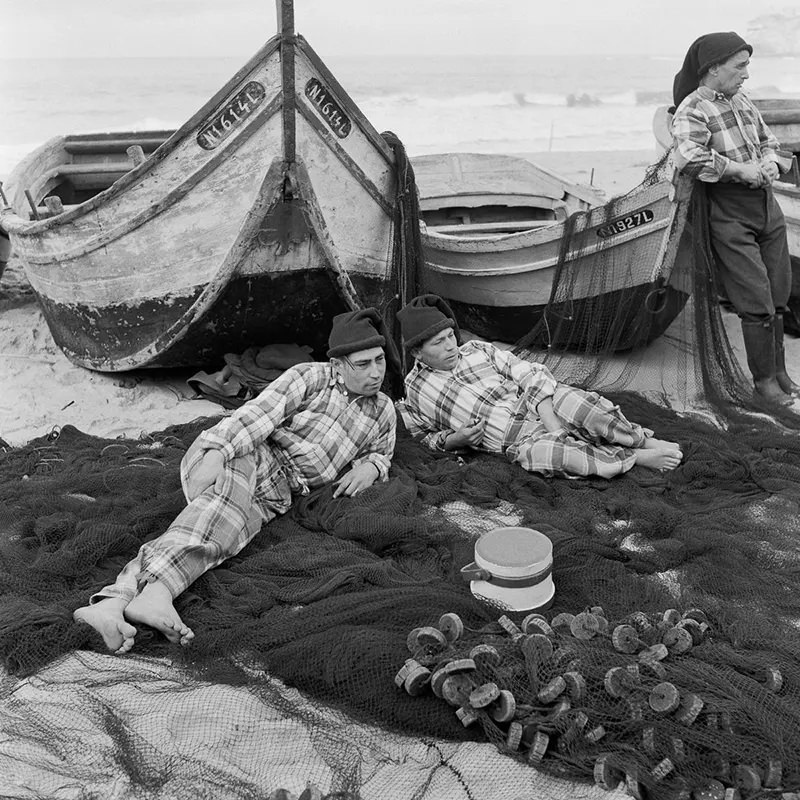
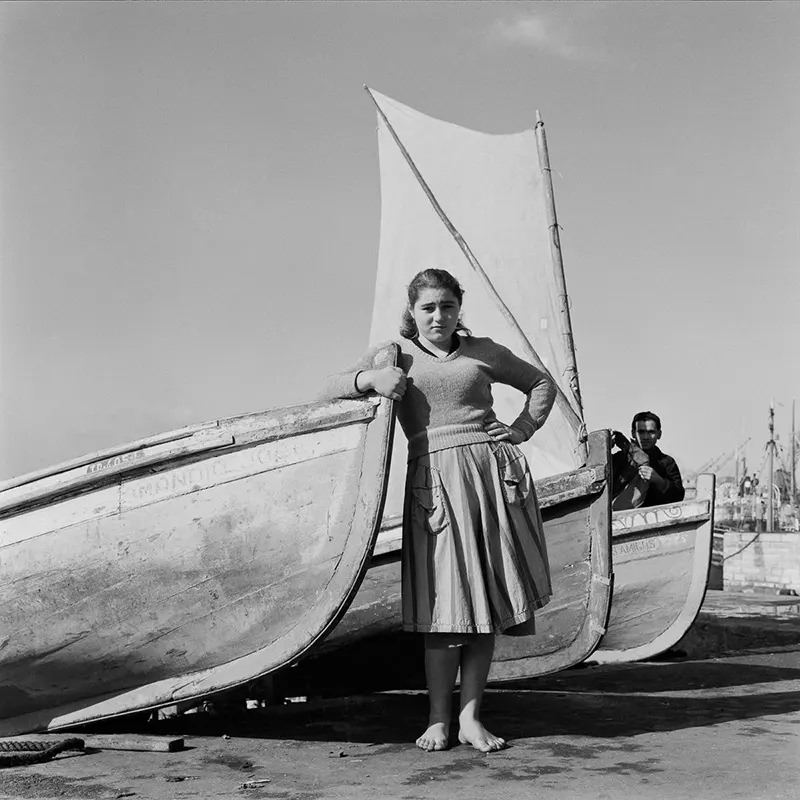
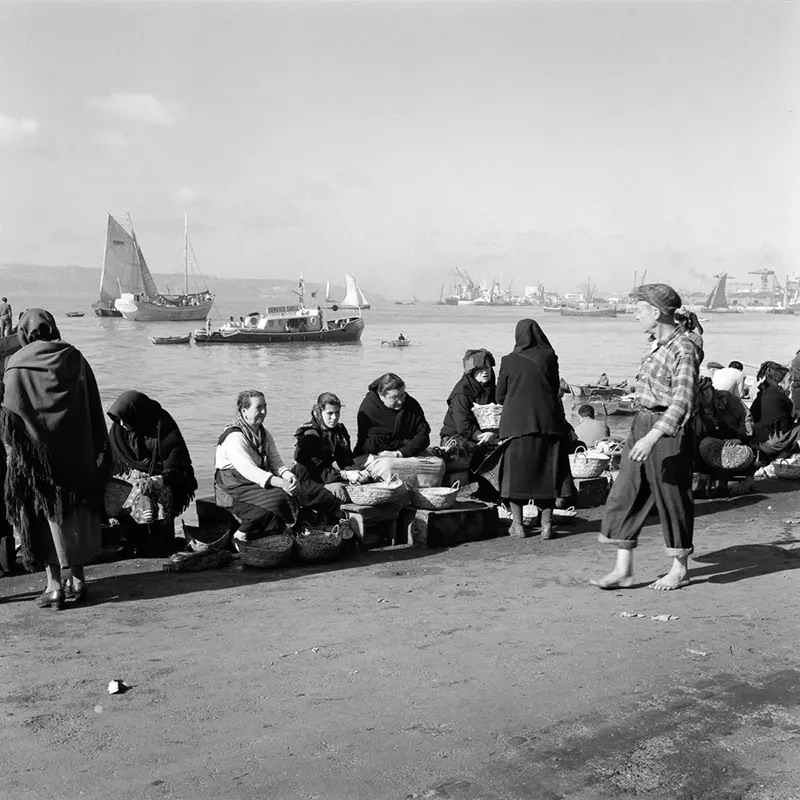
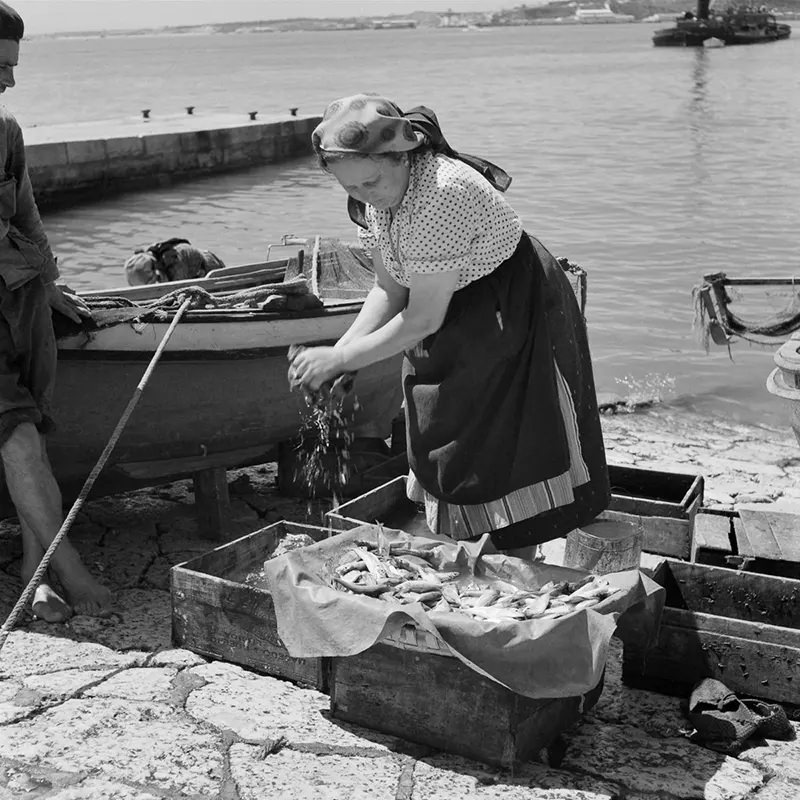
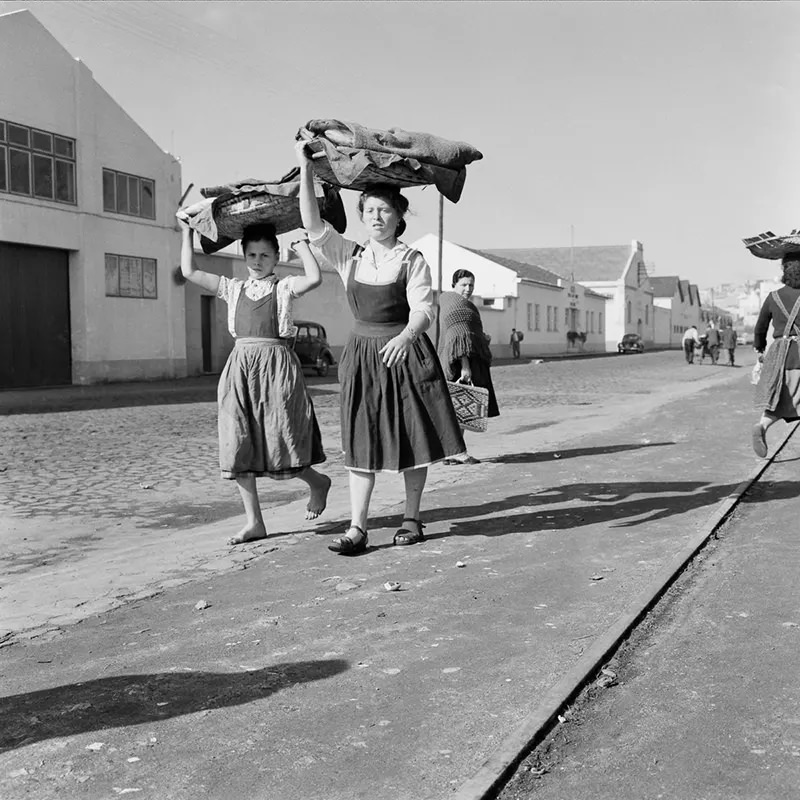
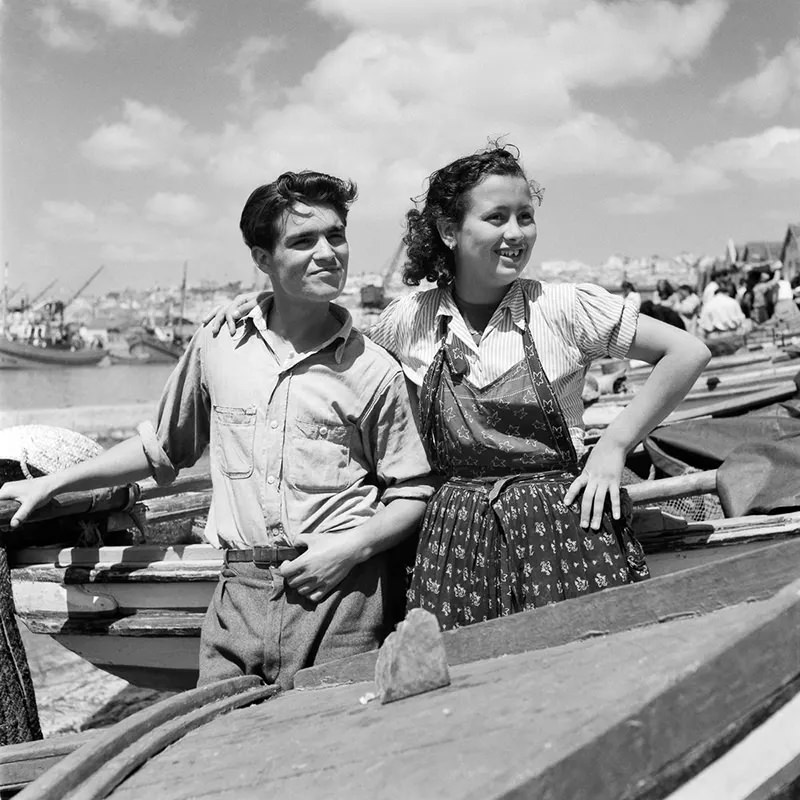
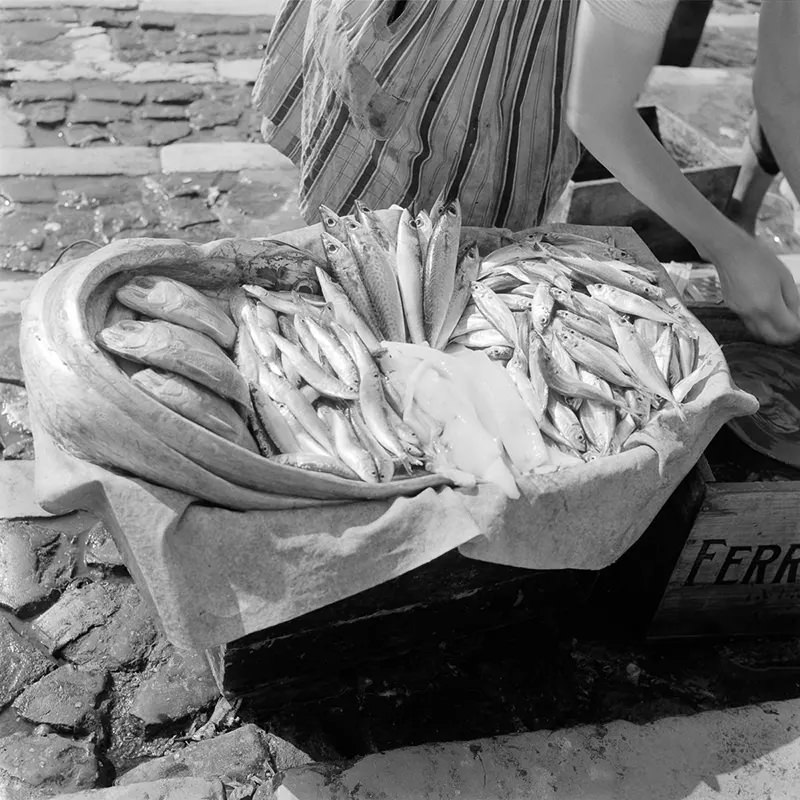
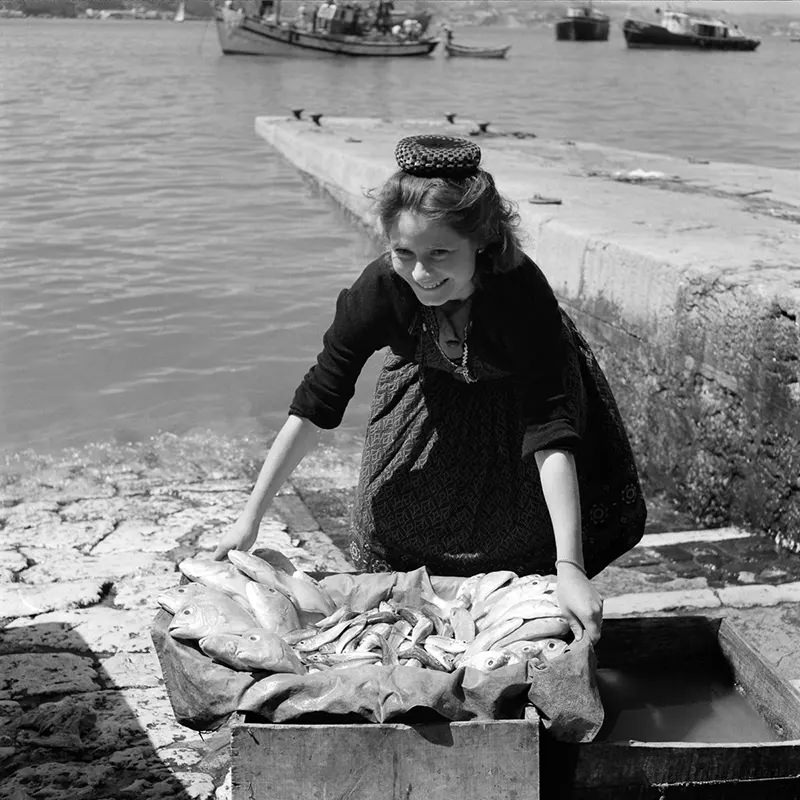
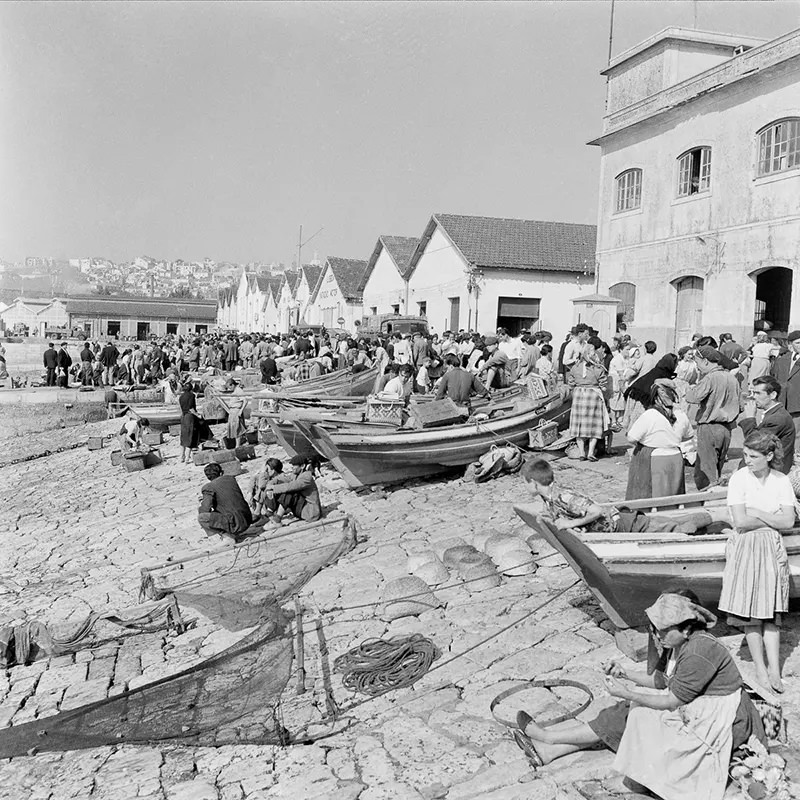
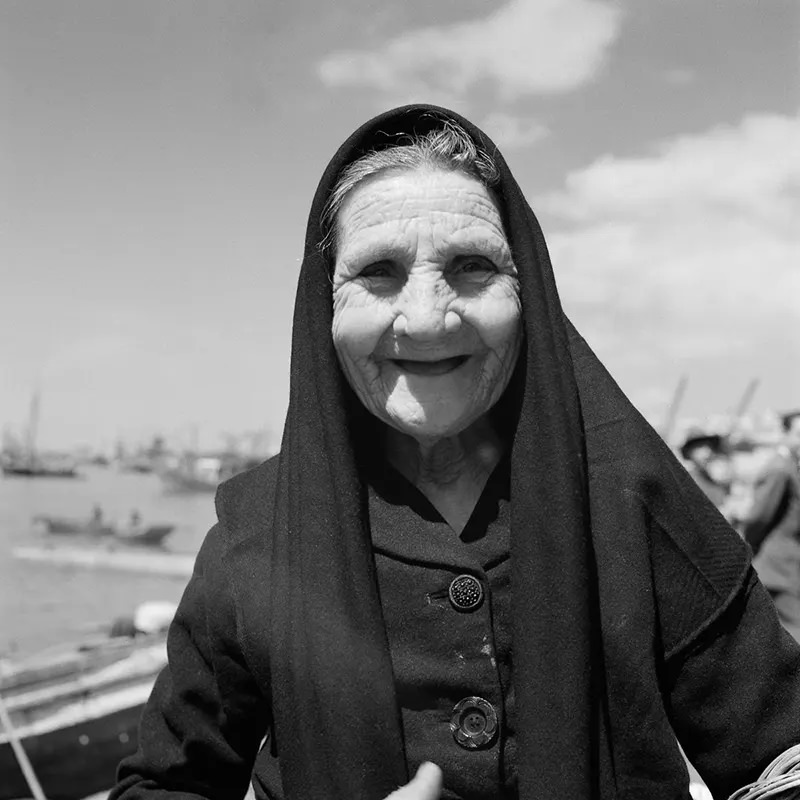
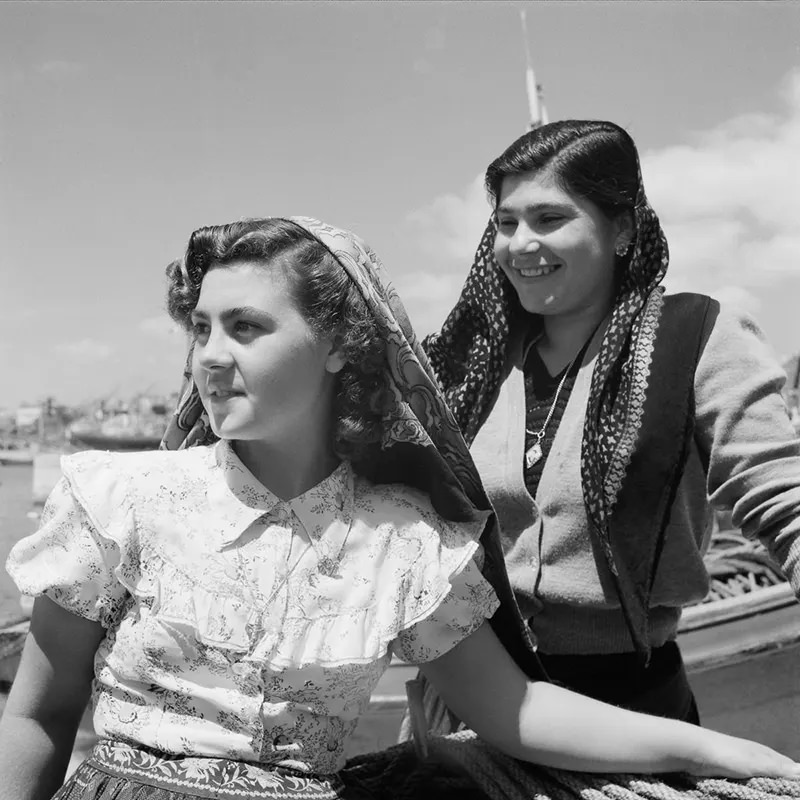
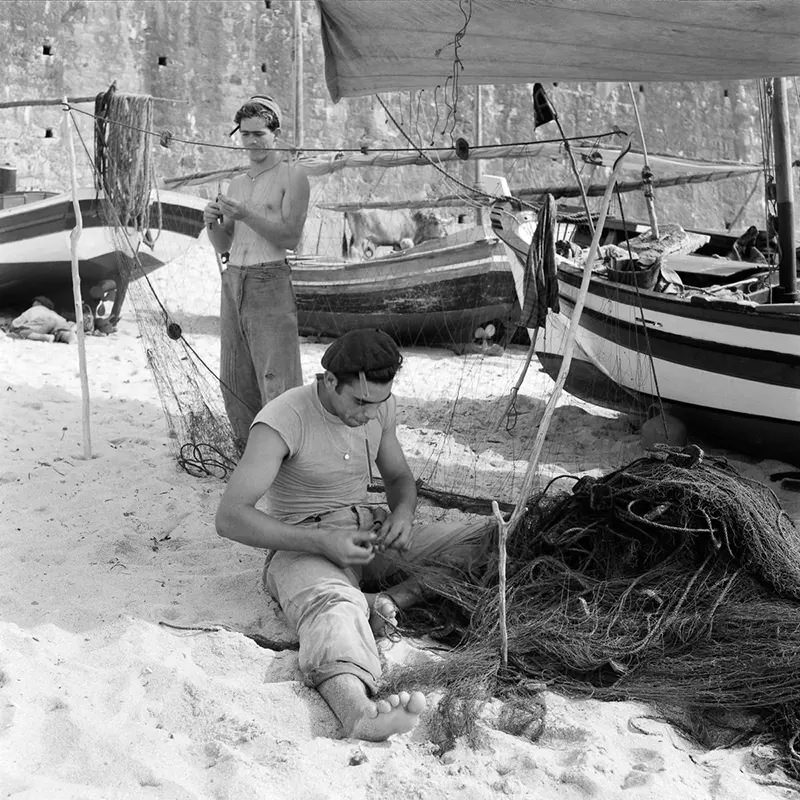
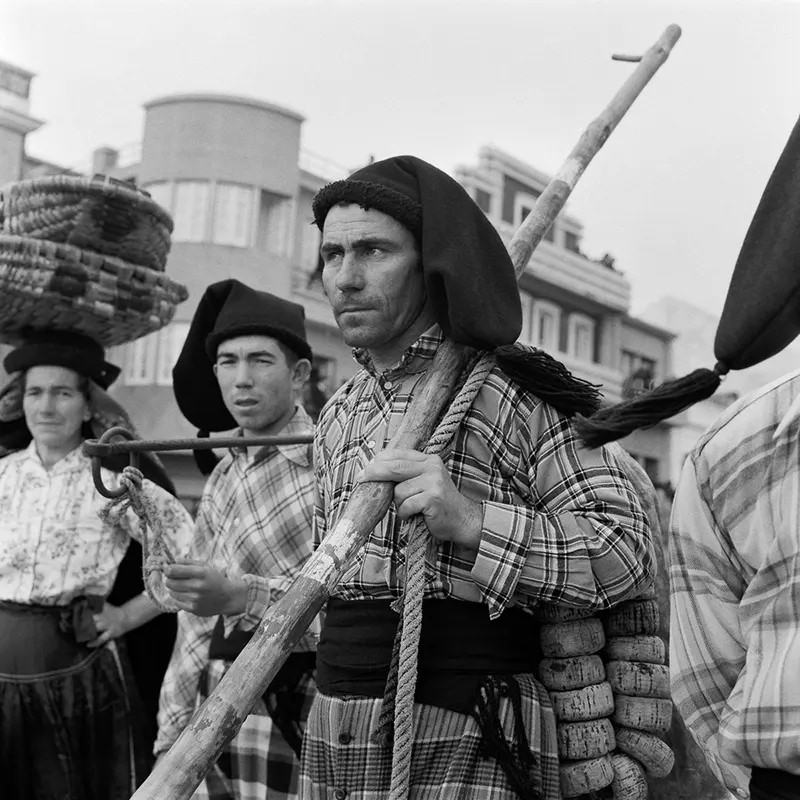
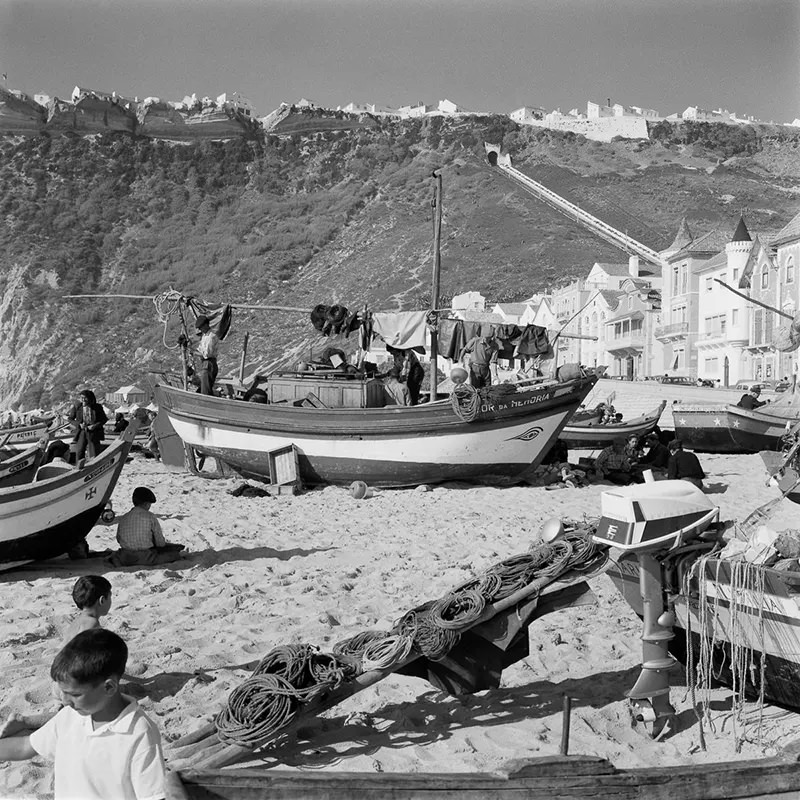
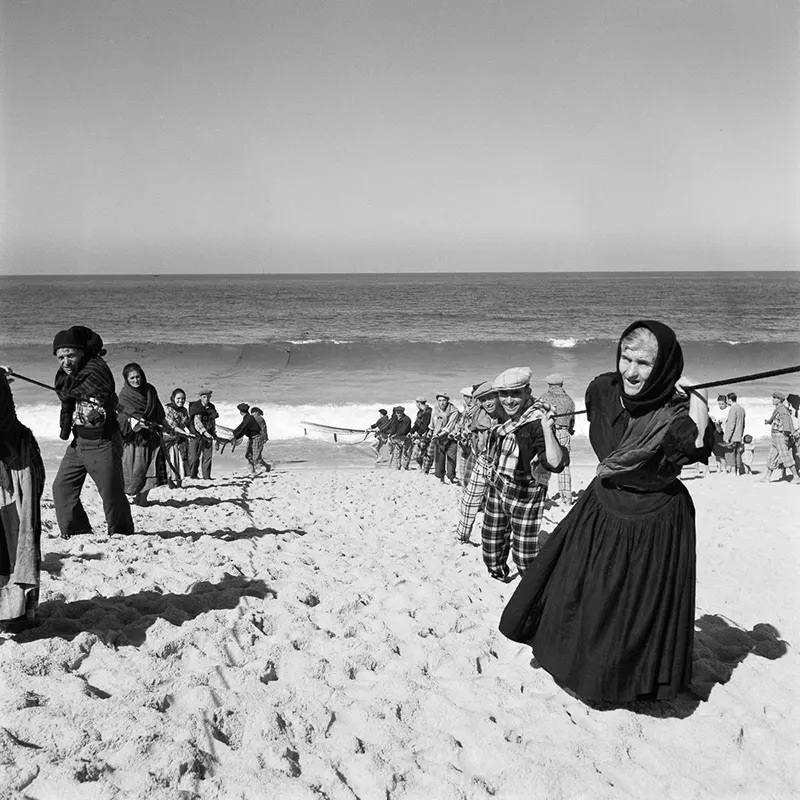
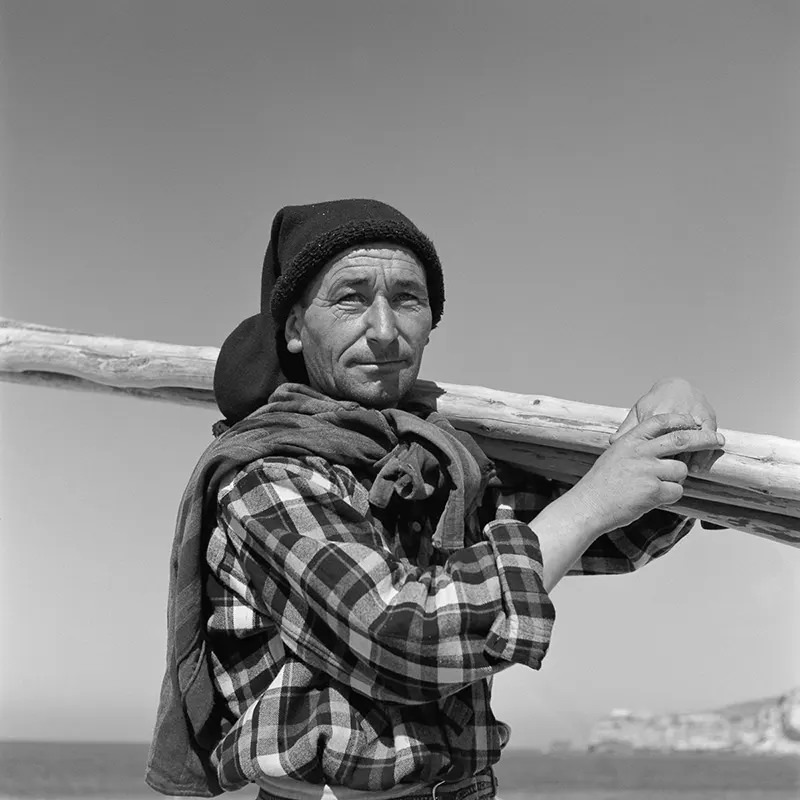
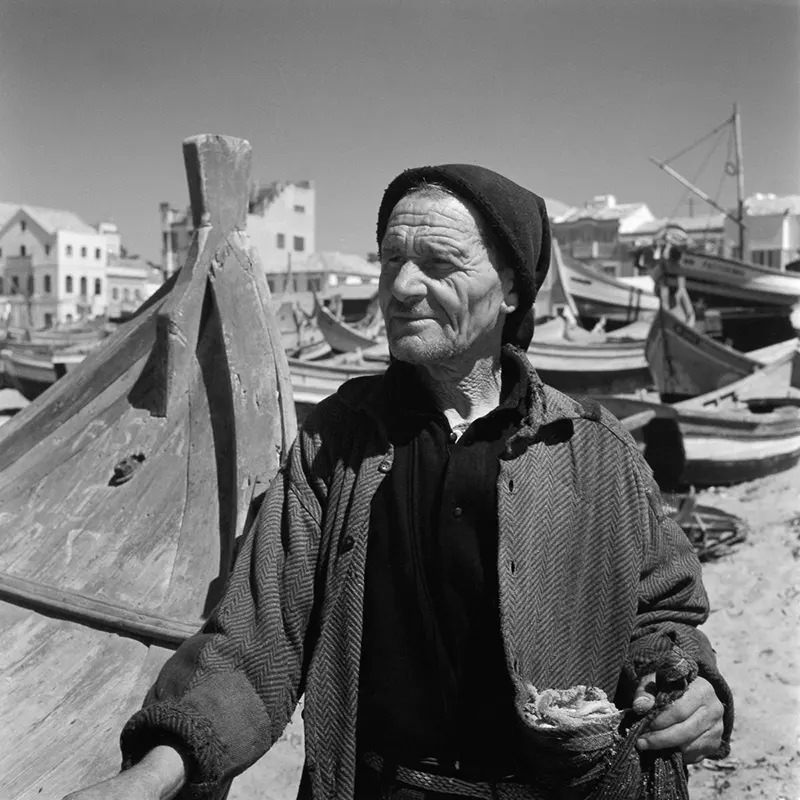
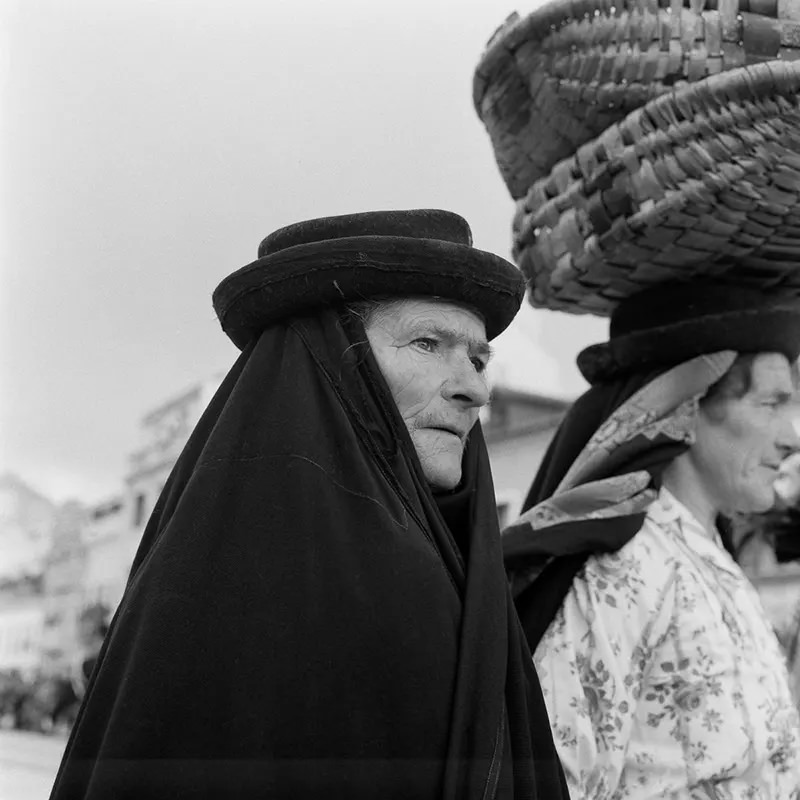
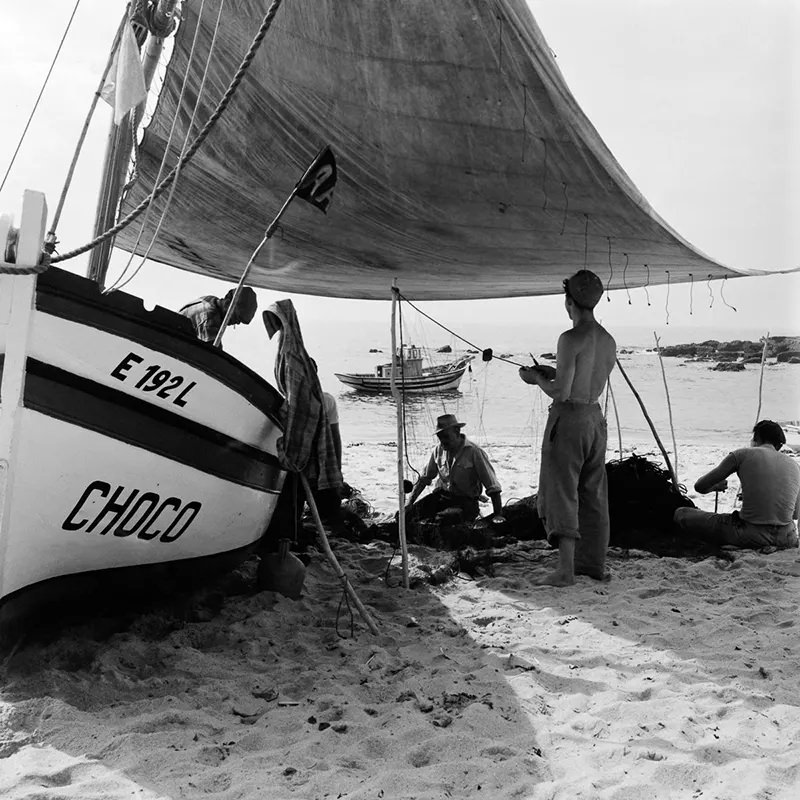
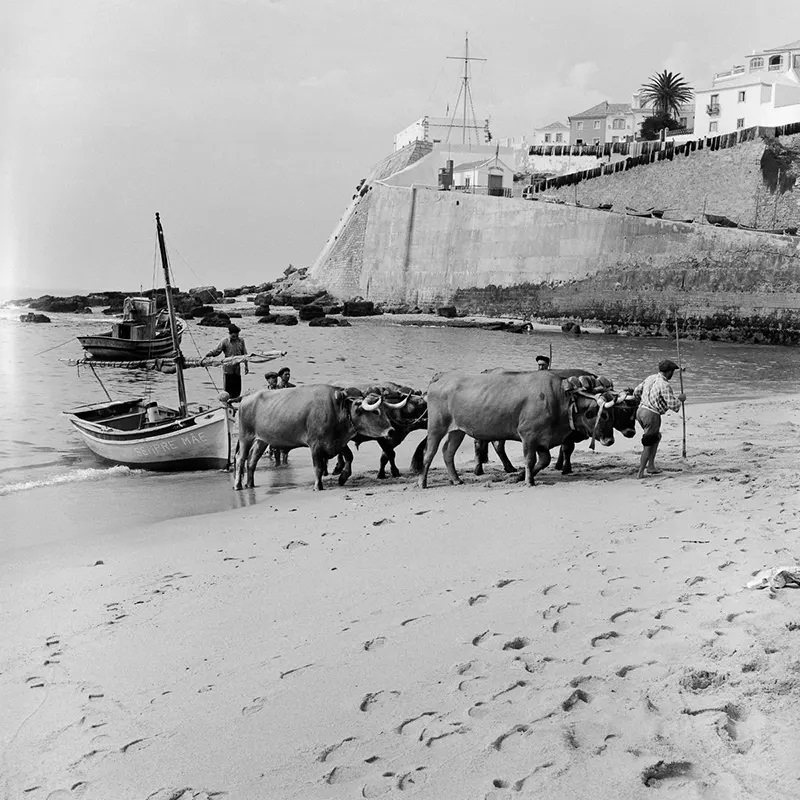
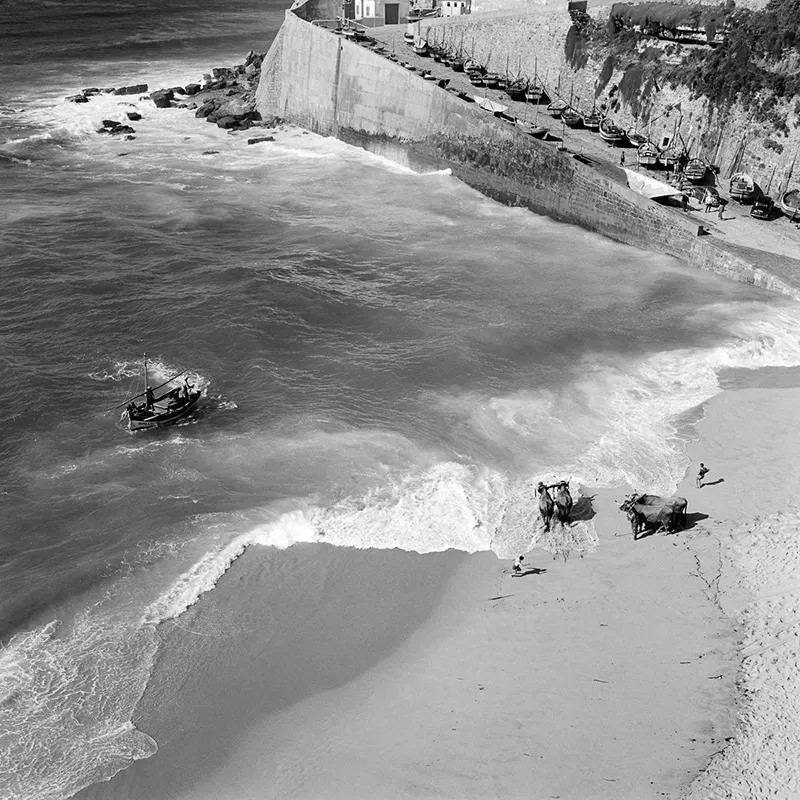
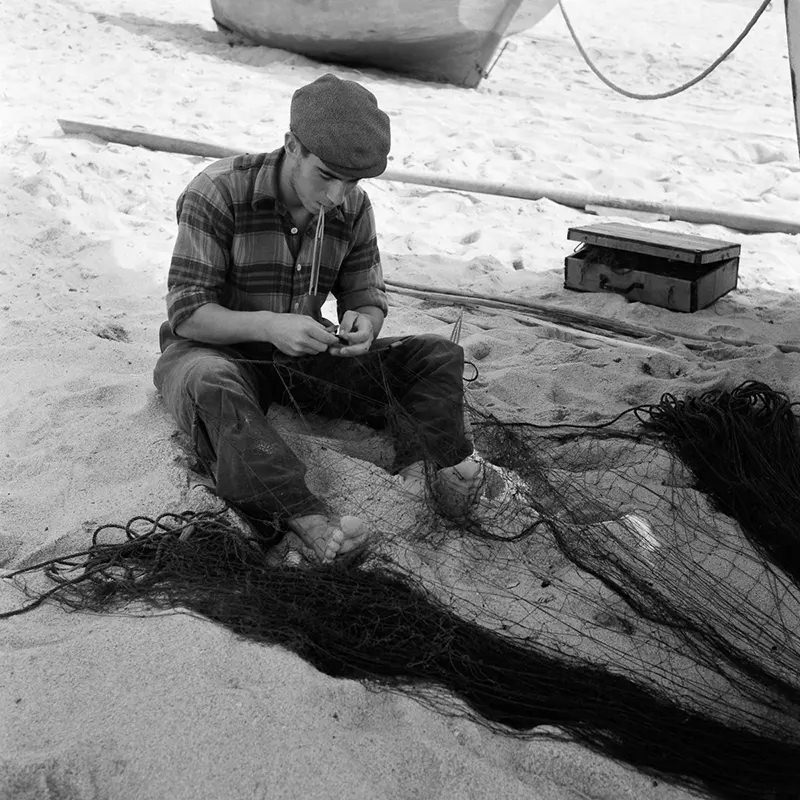
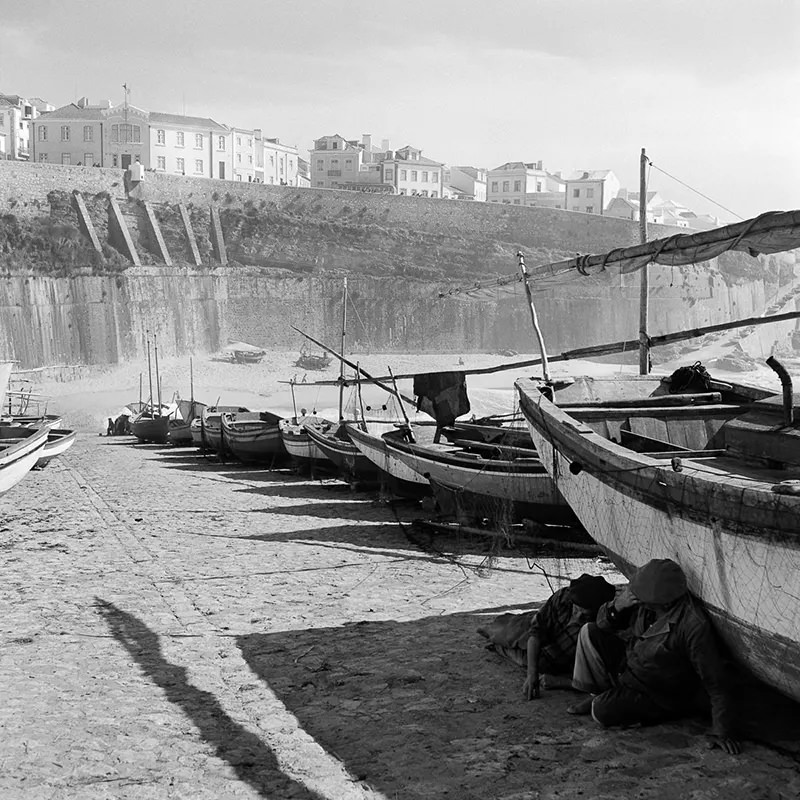
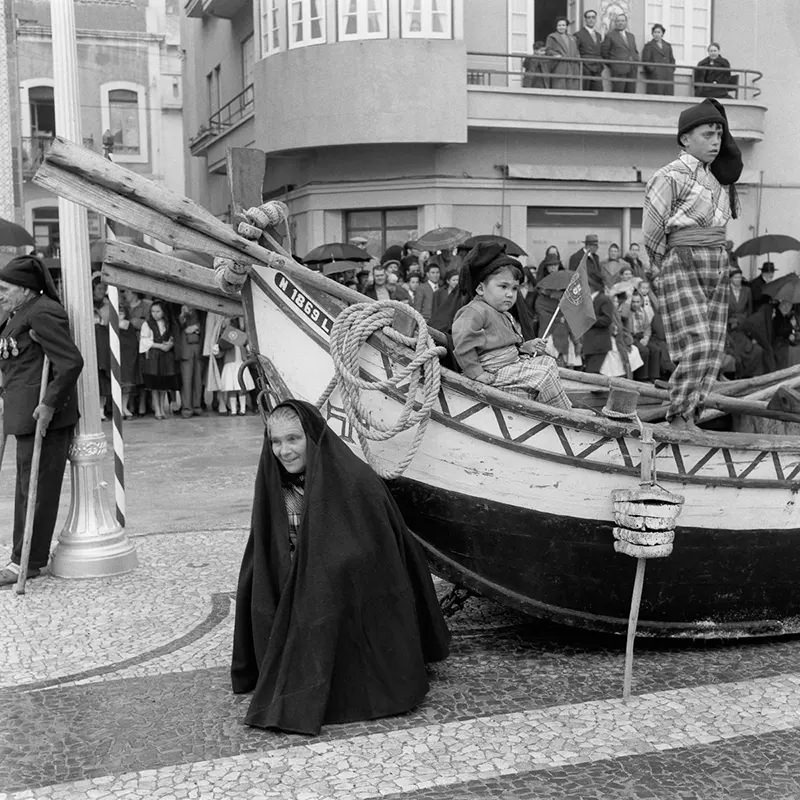
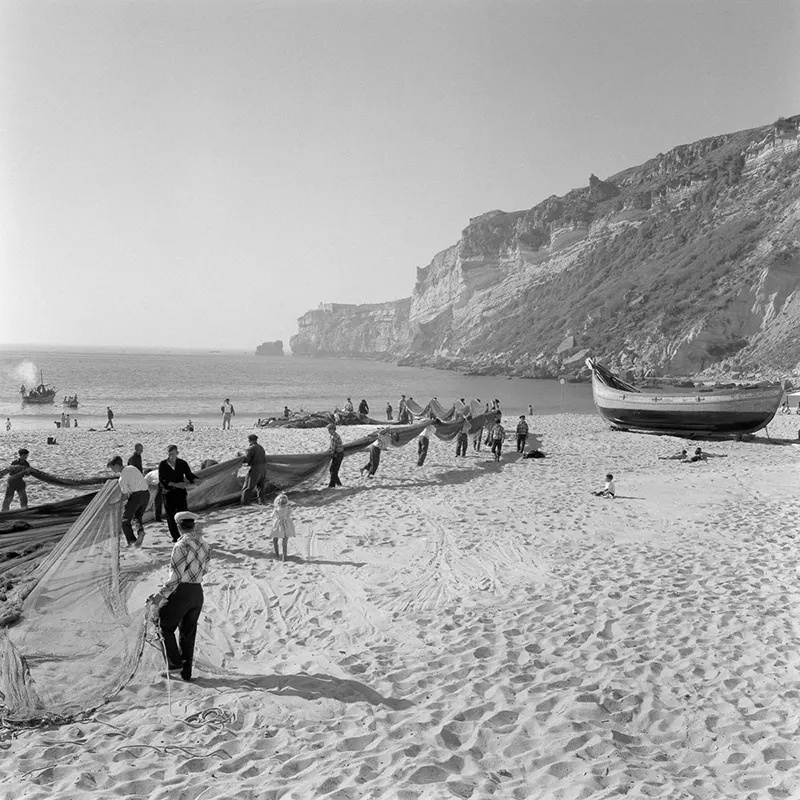
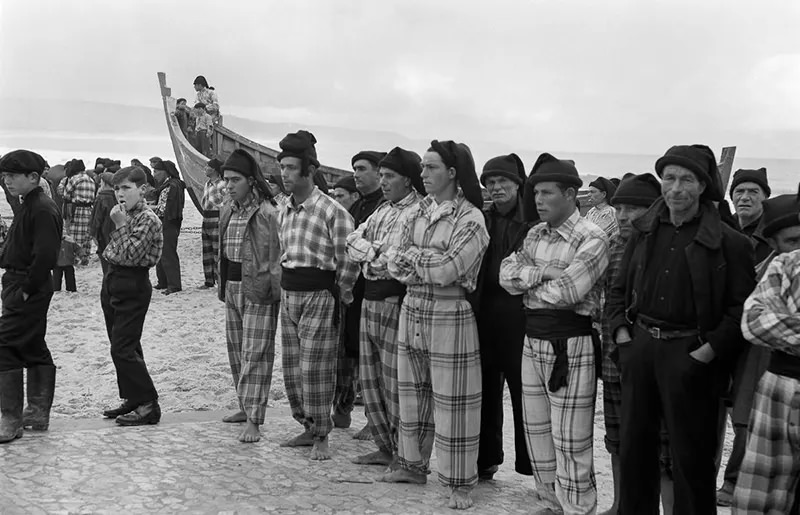
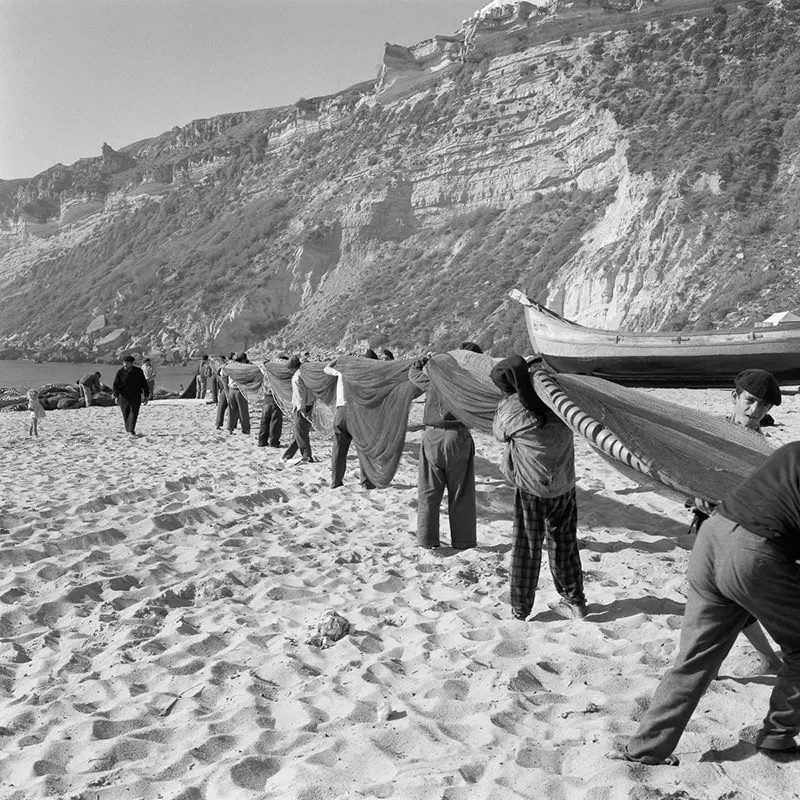
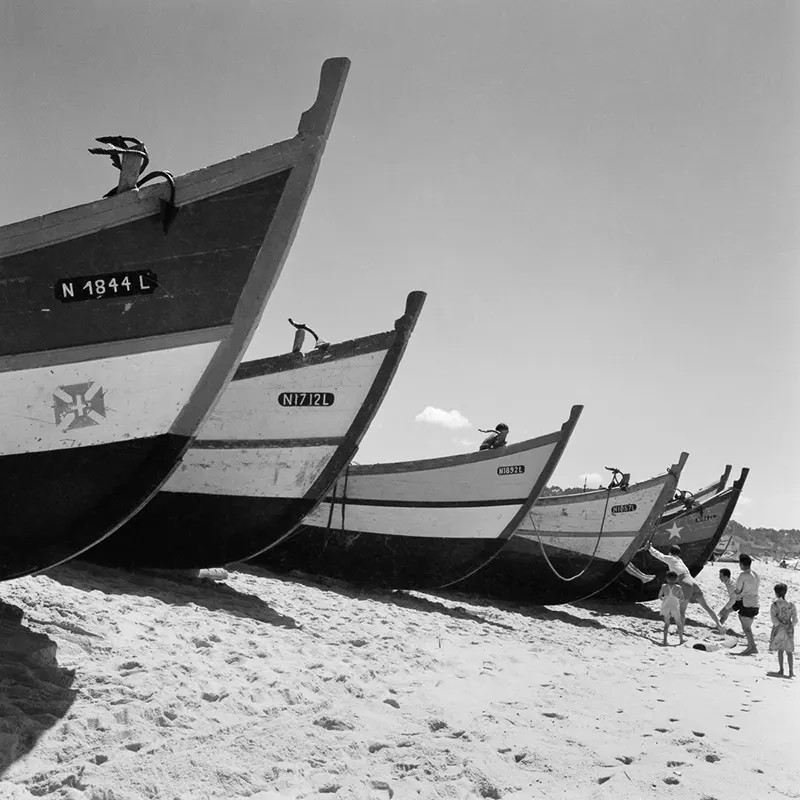
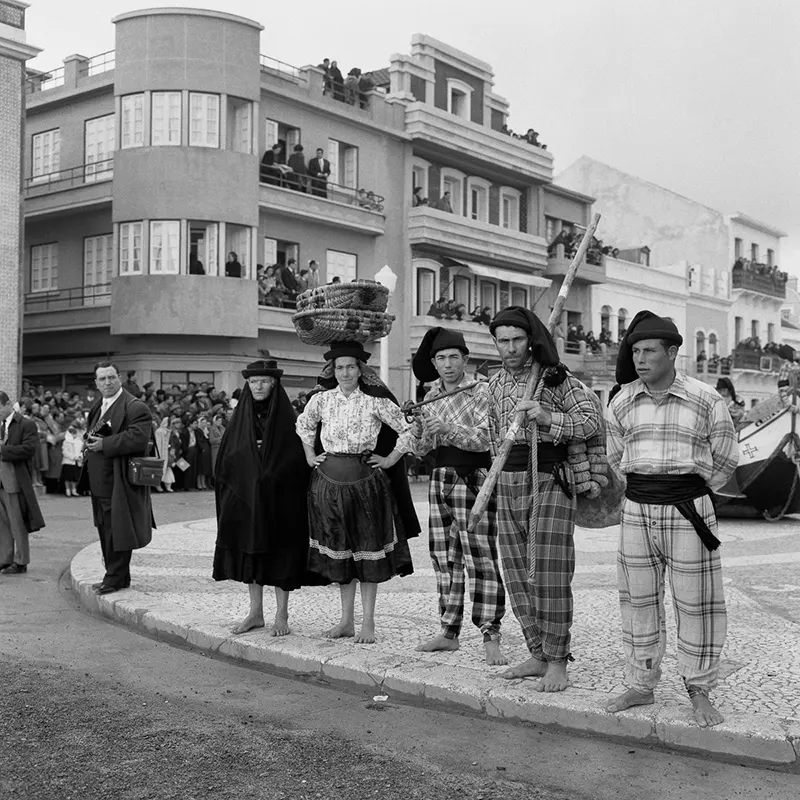
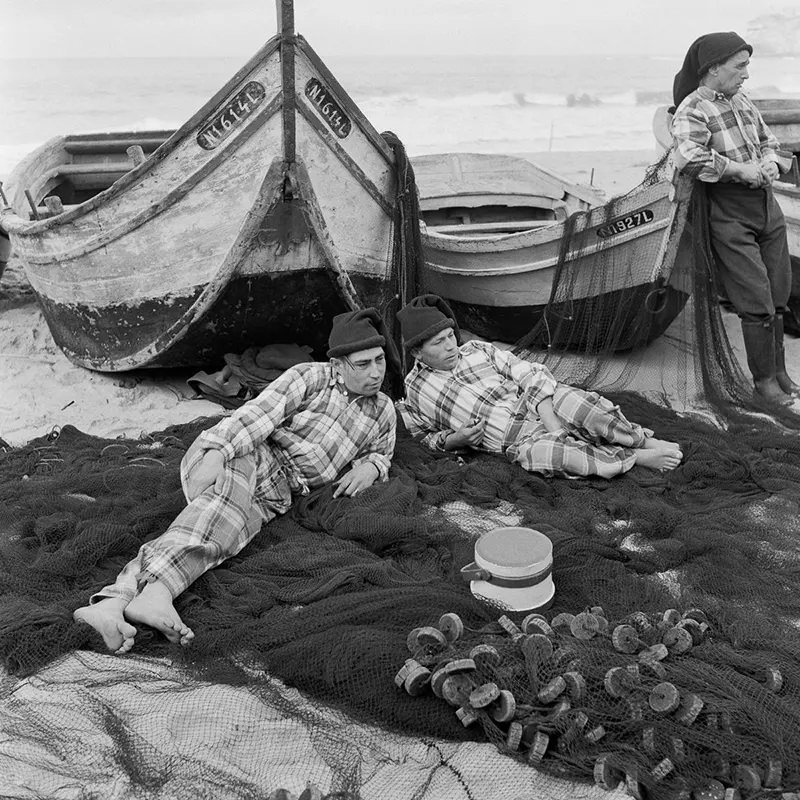

It looks beautiful in the photographs but the reality is totally different. The harshness of the work, low wages, and the lives that the sea invariably took, made the living of those poor people a little hell. Therefore, let us stay with the memories, in the hope that the times to come will not take us again to whole lives of misery, where the human condition spills over into suffering and pain.
Not all of them are lost, but they are dying. If you go to the beaches of Pedrogão and Vieira you can still find fisherman that use the “Arte Xávega”. Today, it’s mostly a tourist attraction. Moreover, some of the photos from Nazaré appear to have been taken recently
Yes I agree with Liam. Their lives were harsh and poor. My ancestors were from northern rural portugal and it was unfortunately very difficulty life. The portuguese are a very kind, humble, loving and generous people. Nonetheless, the photographer did capture these moments so vividly and for that i am appreciative to now look at these images.